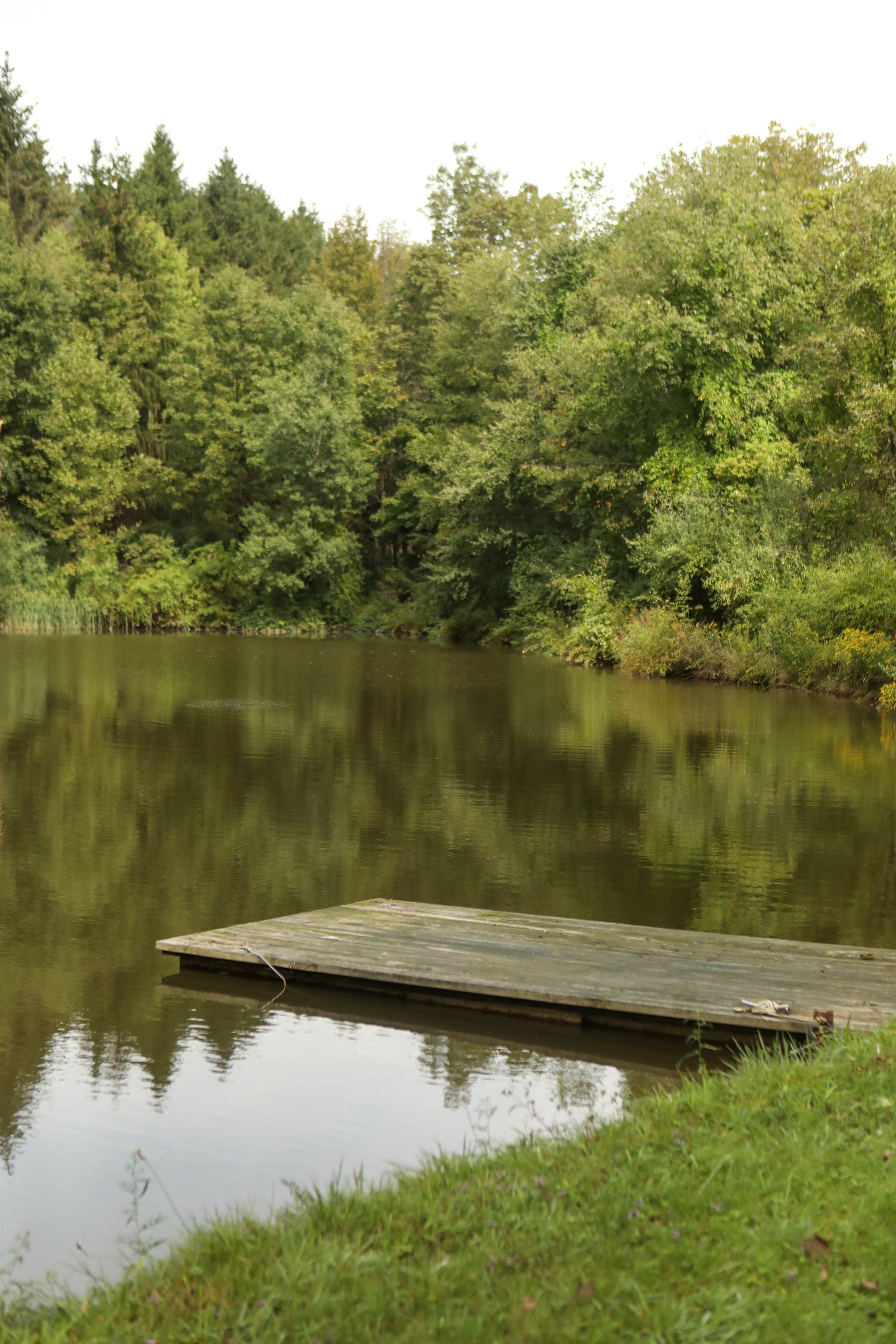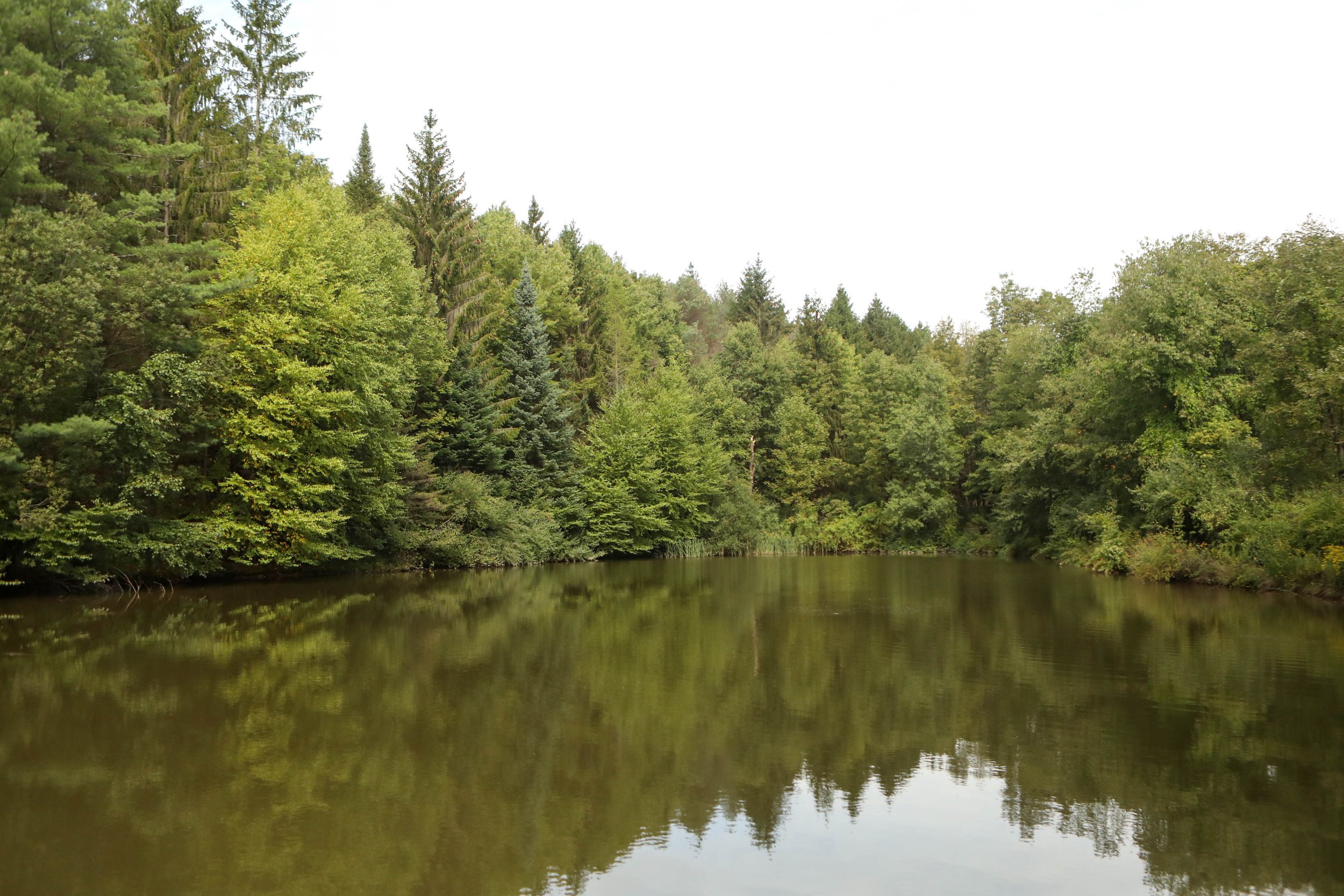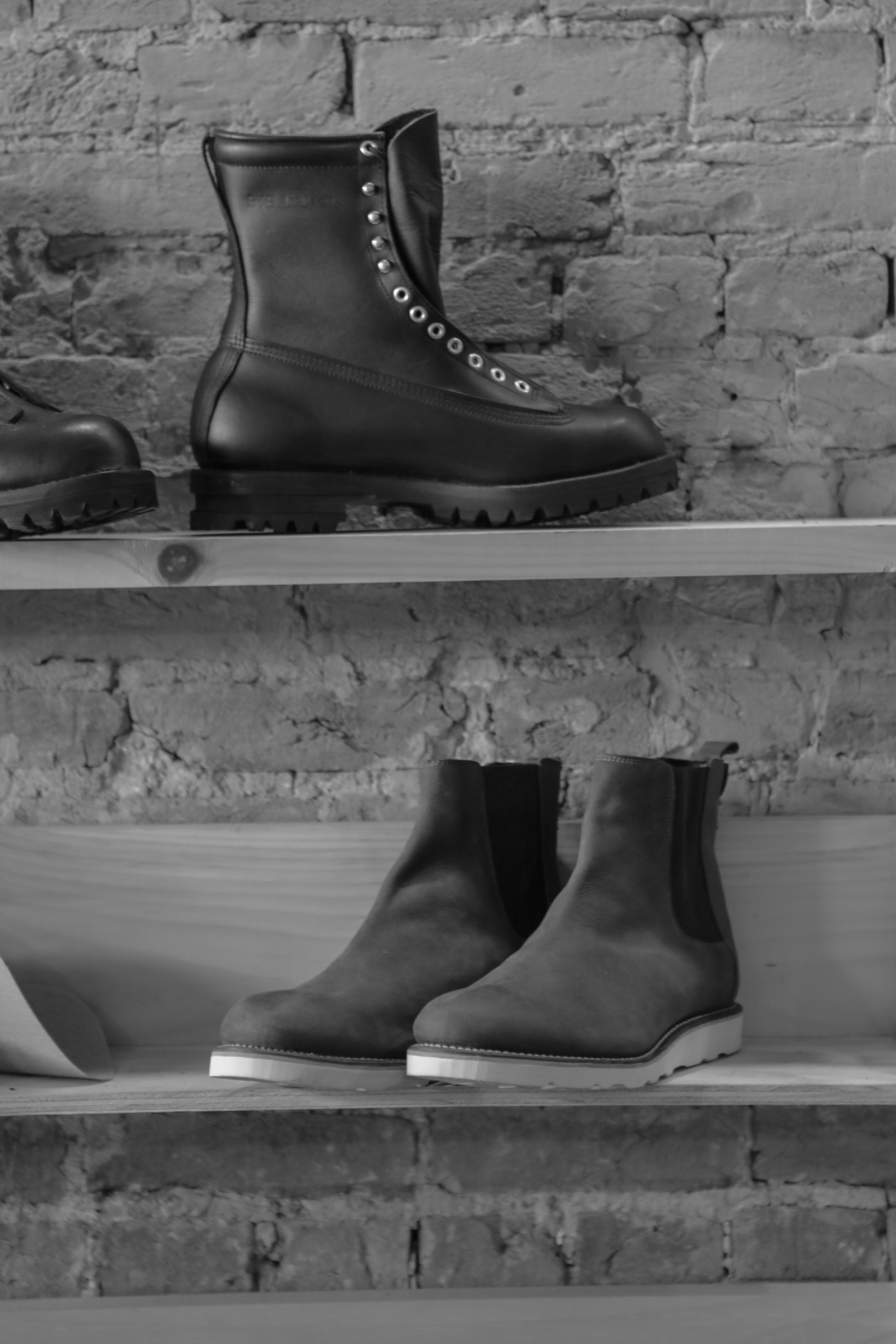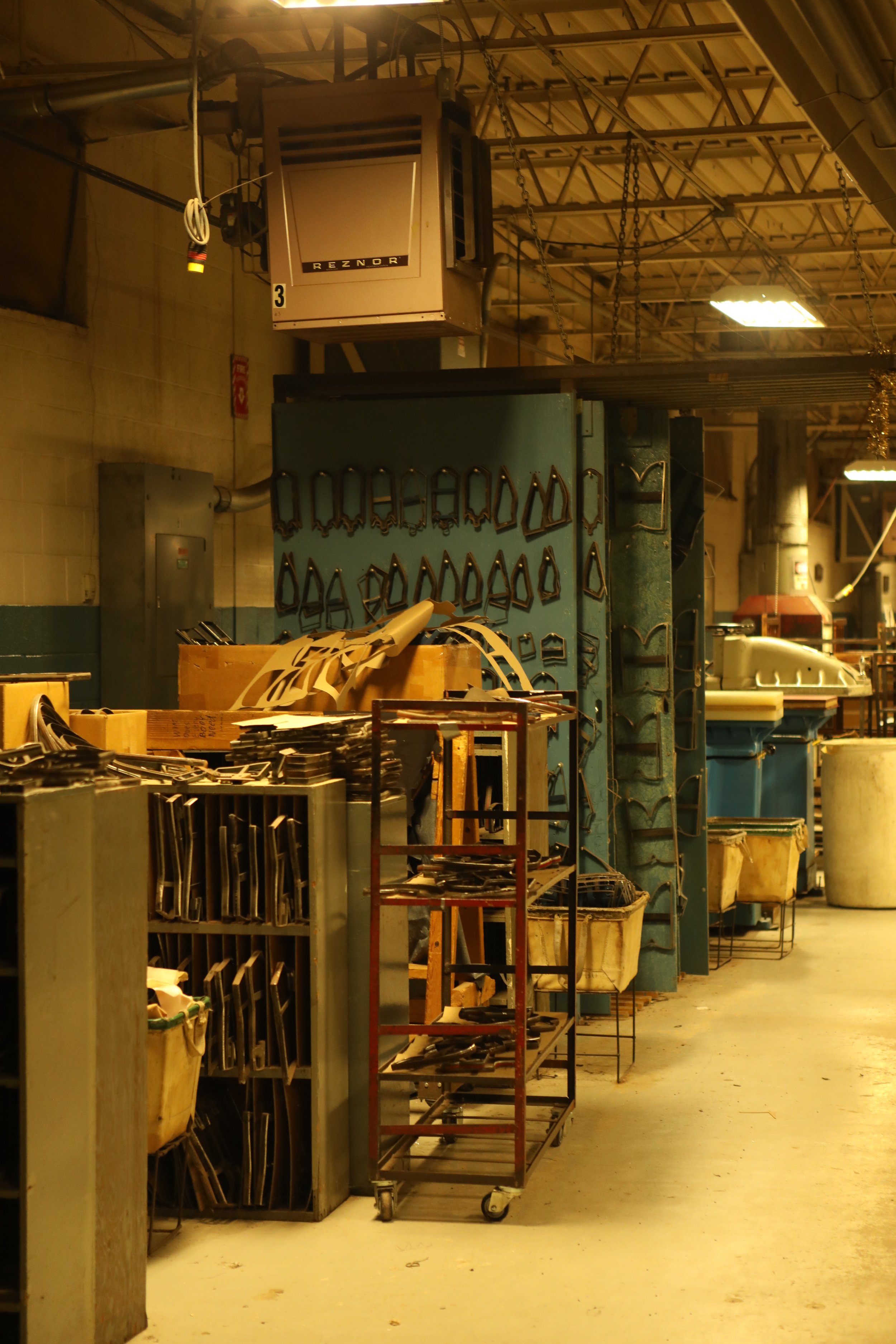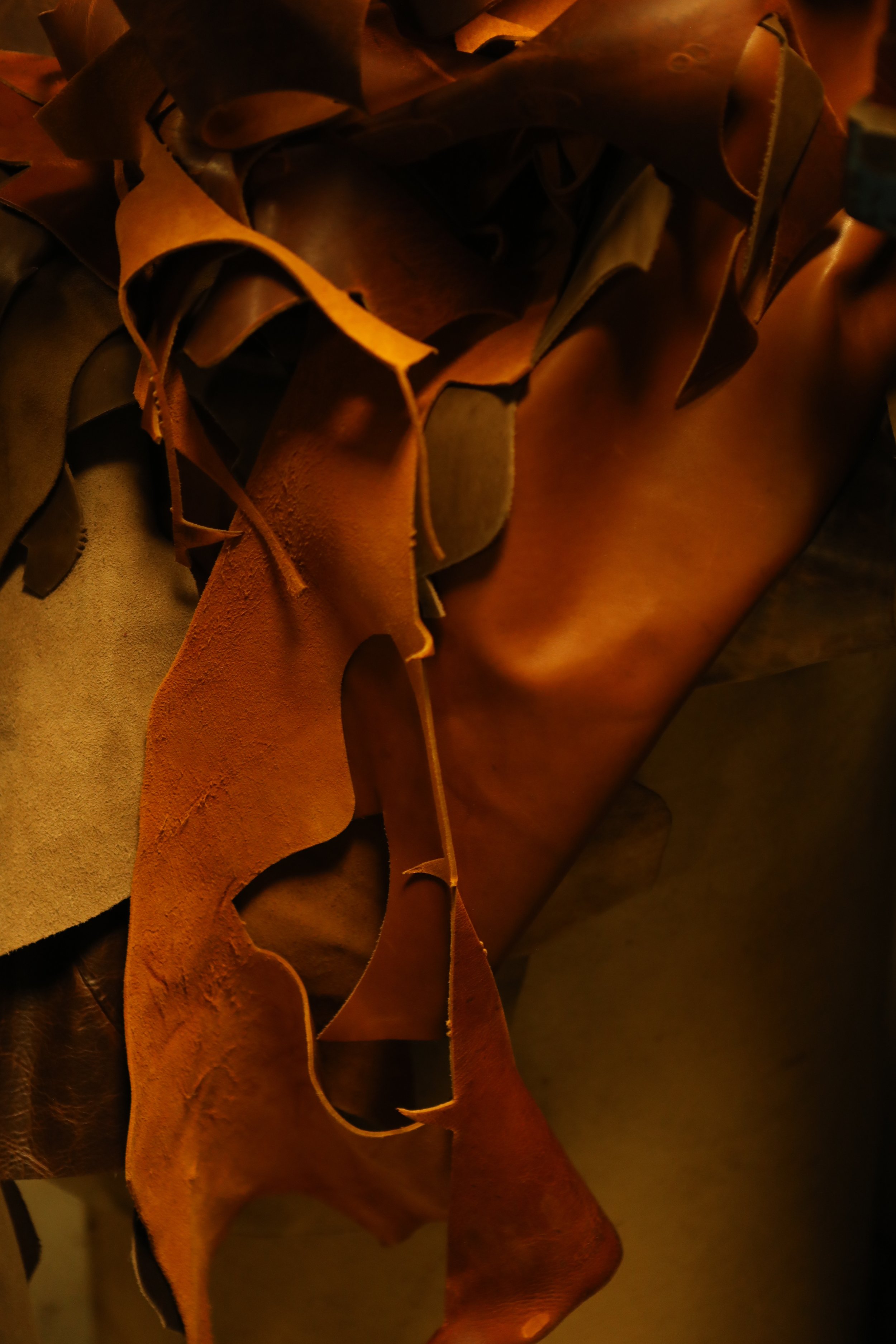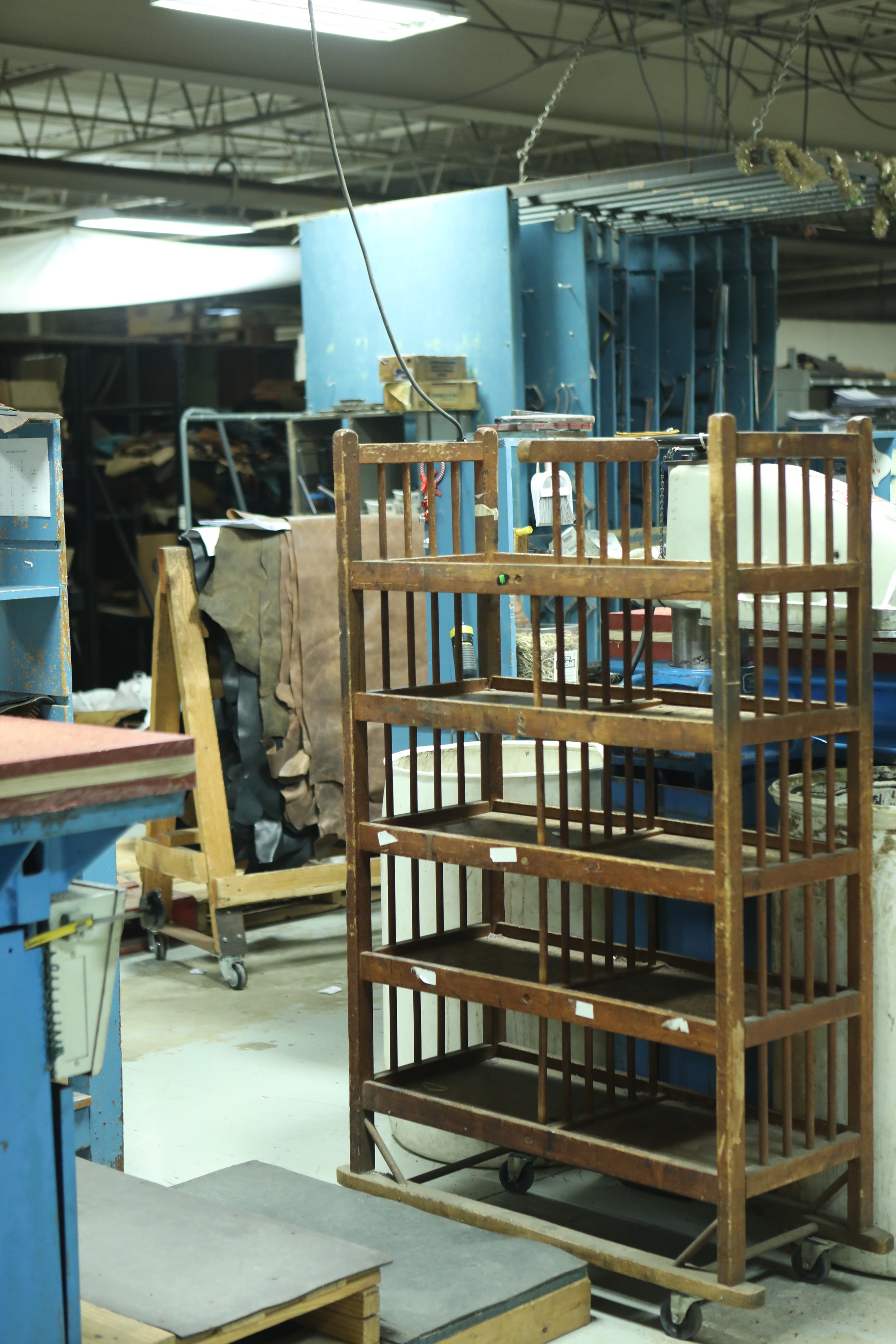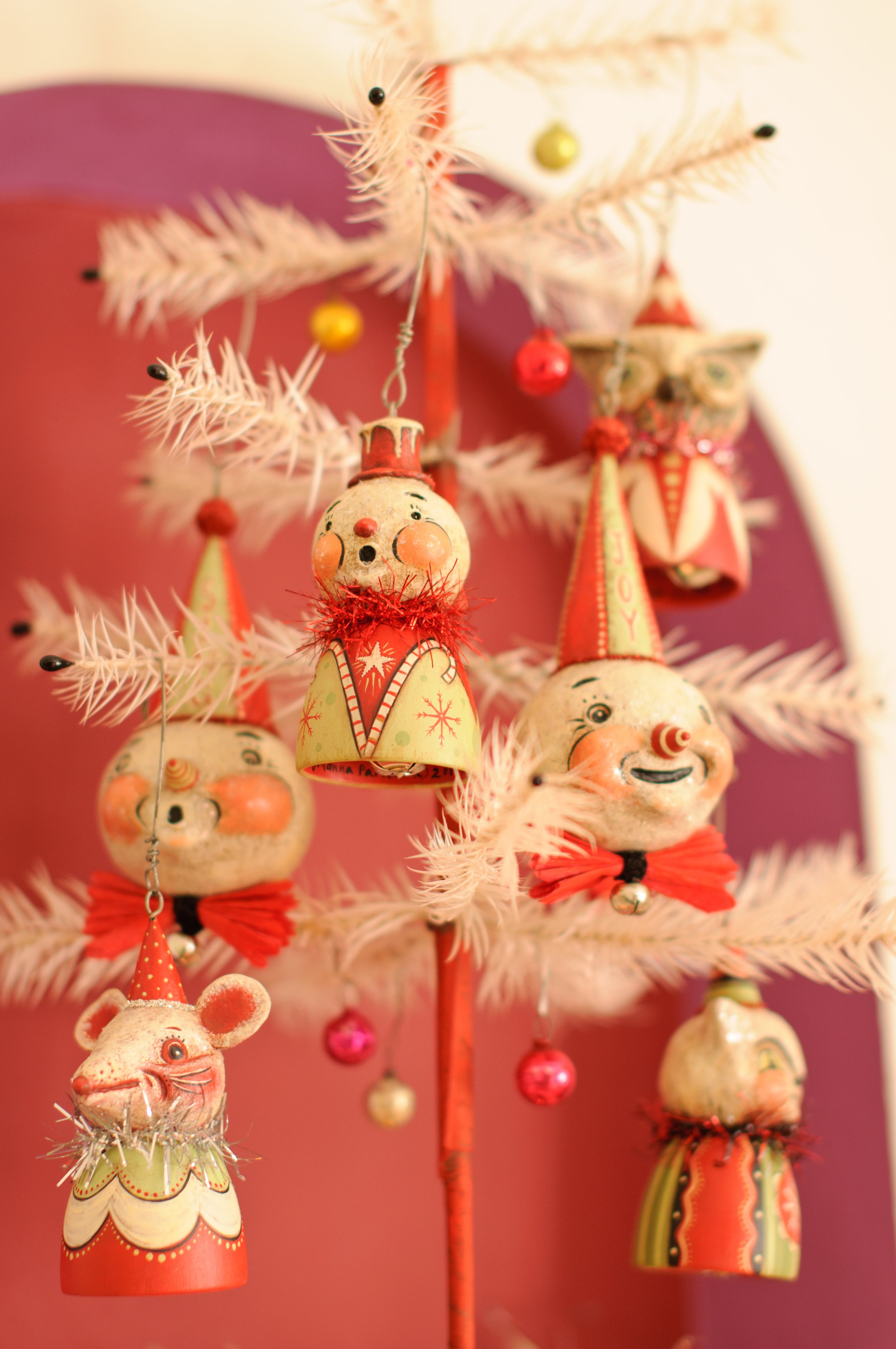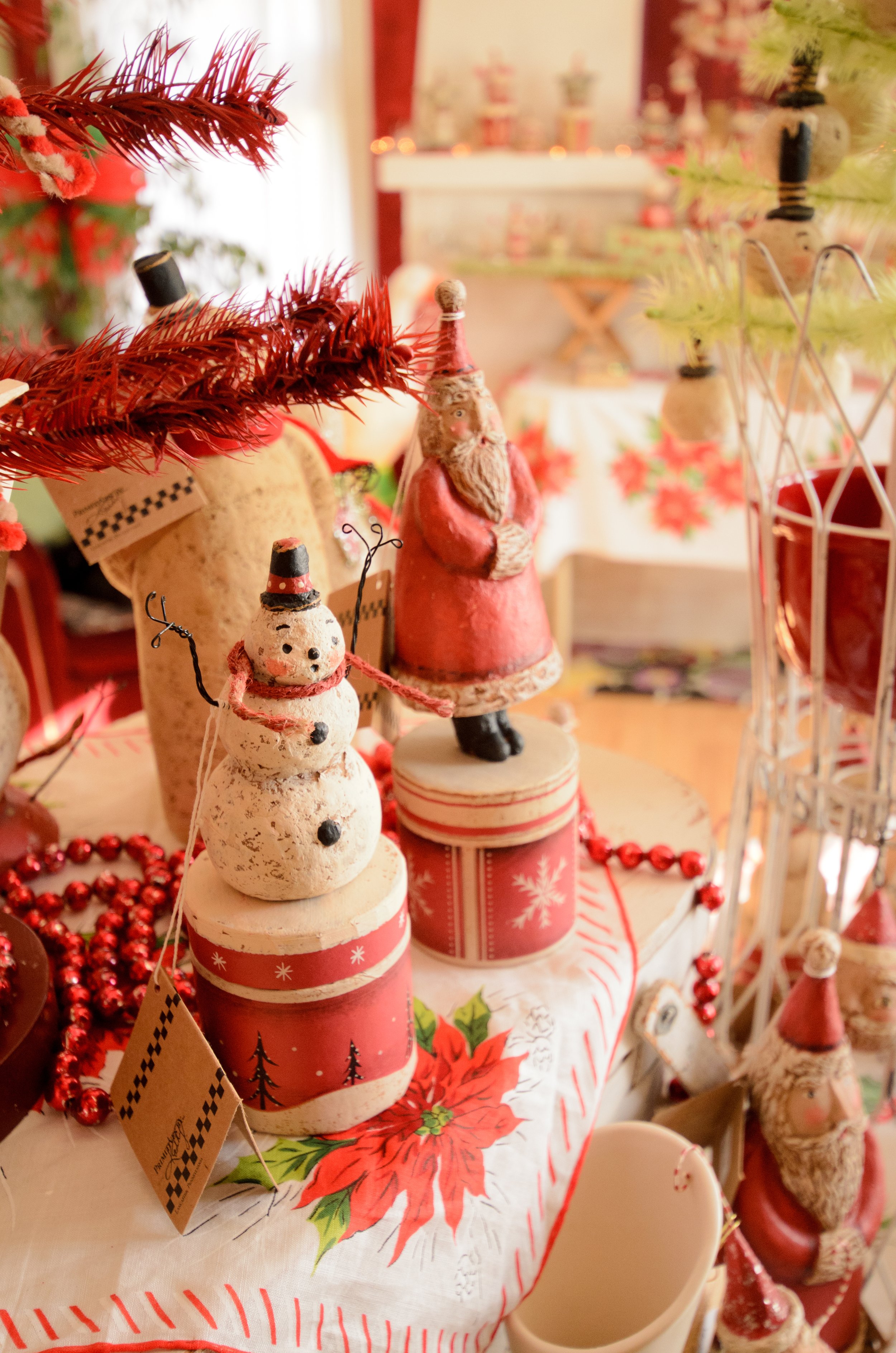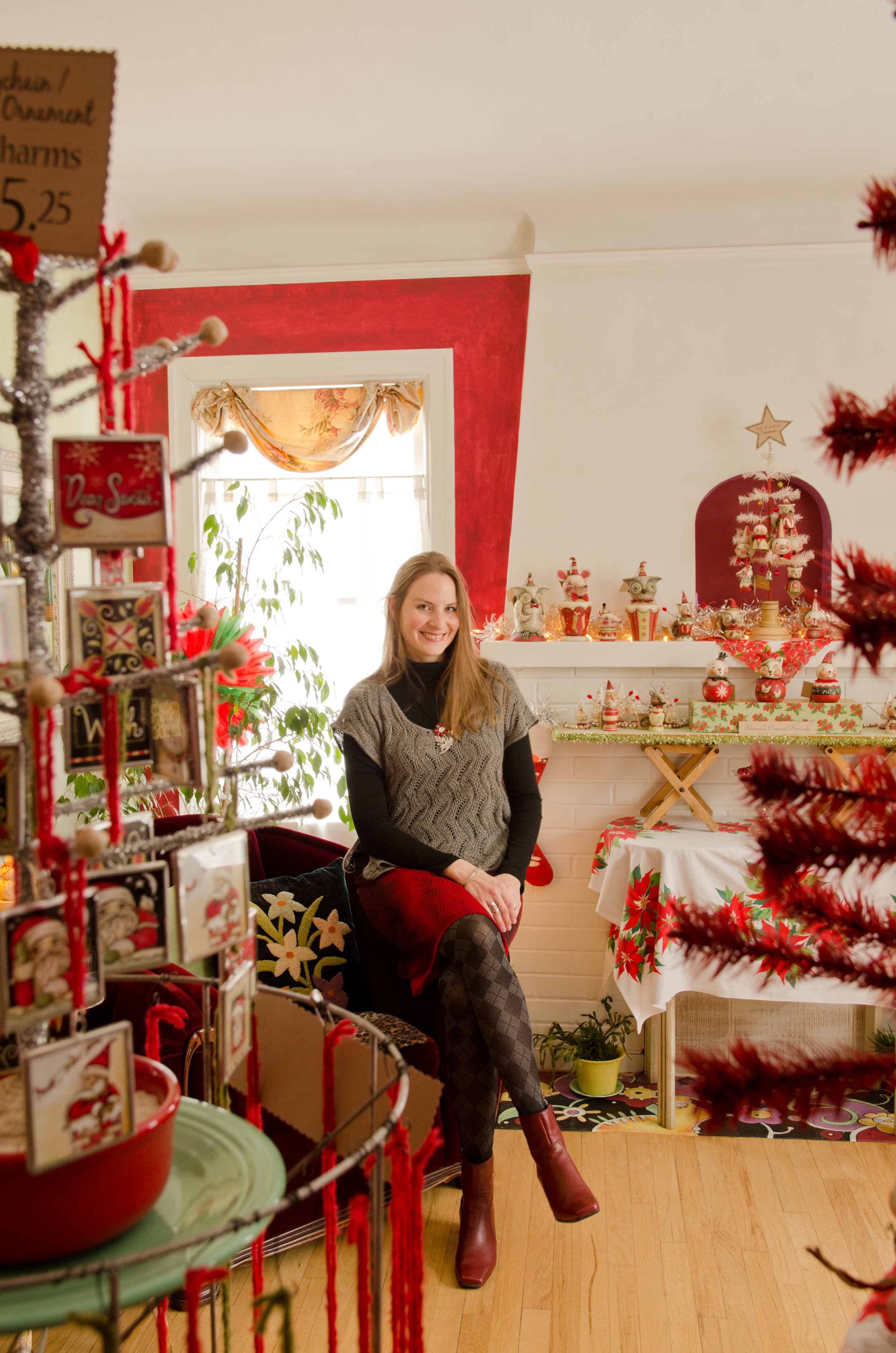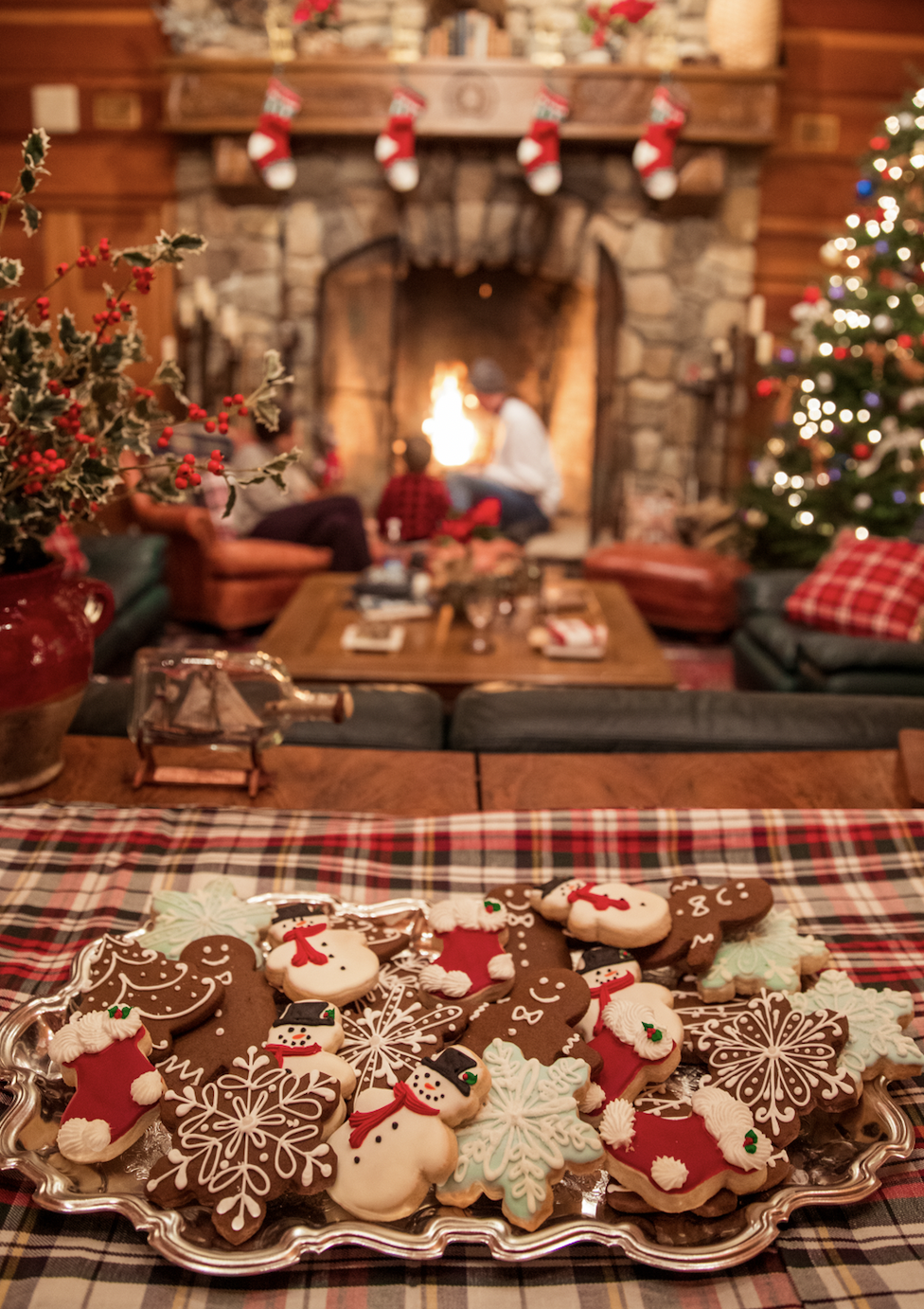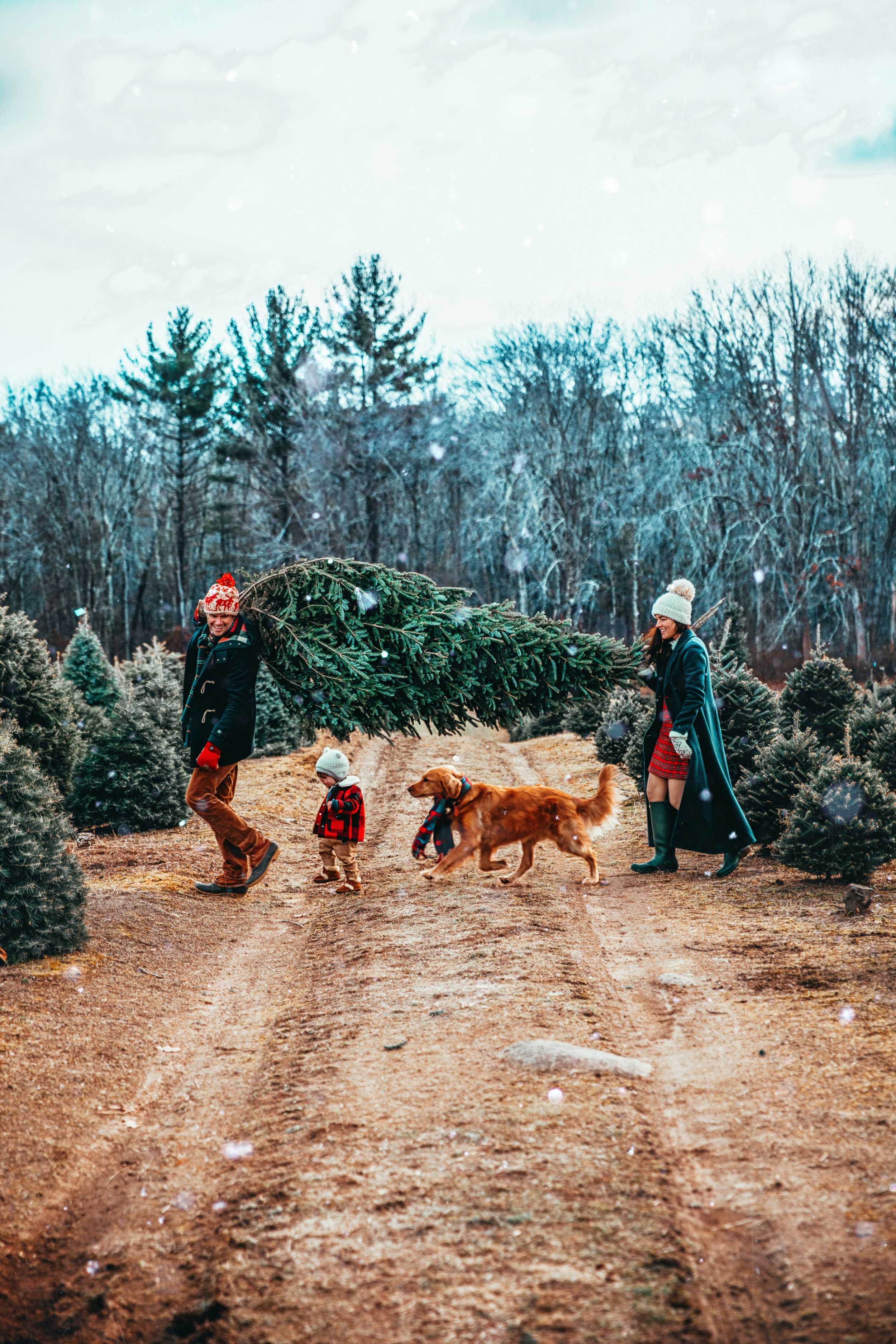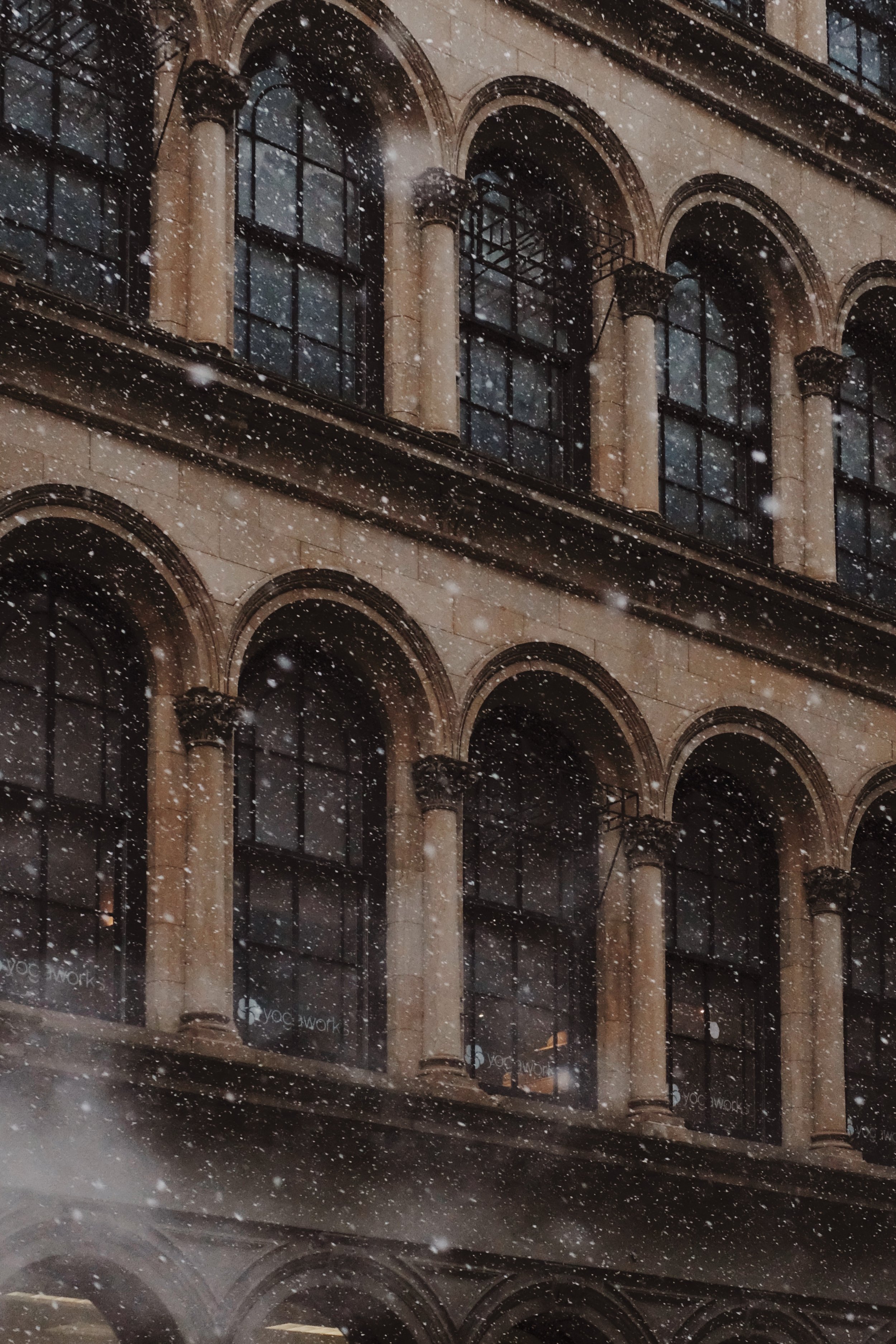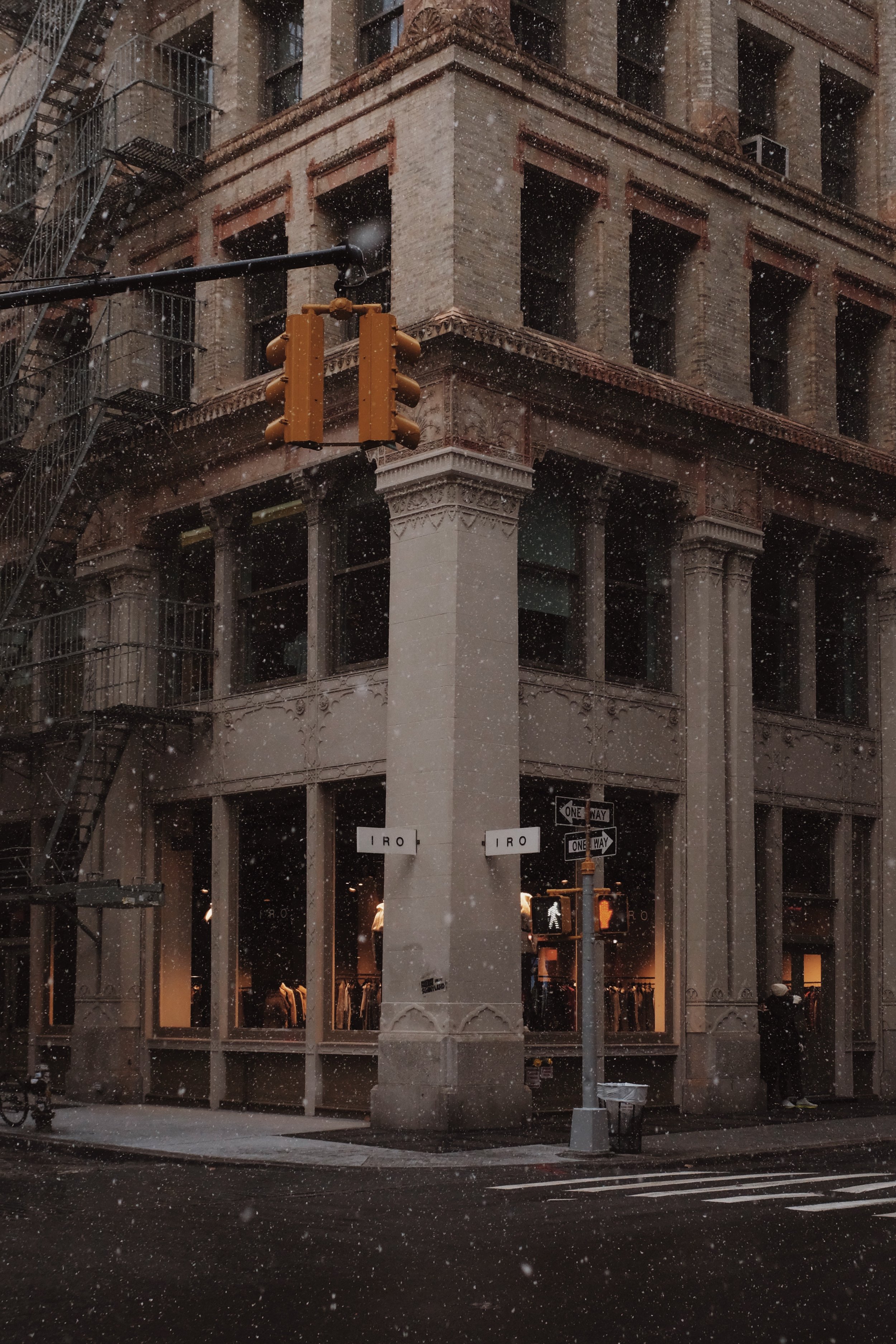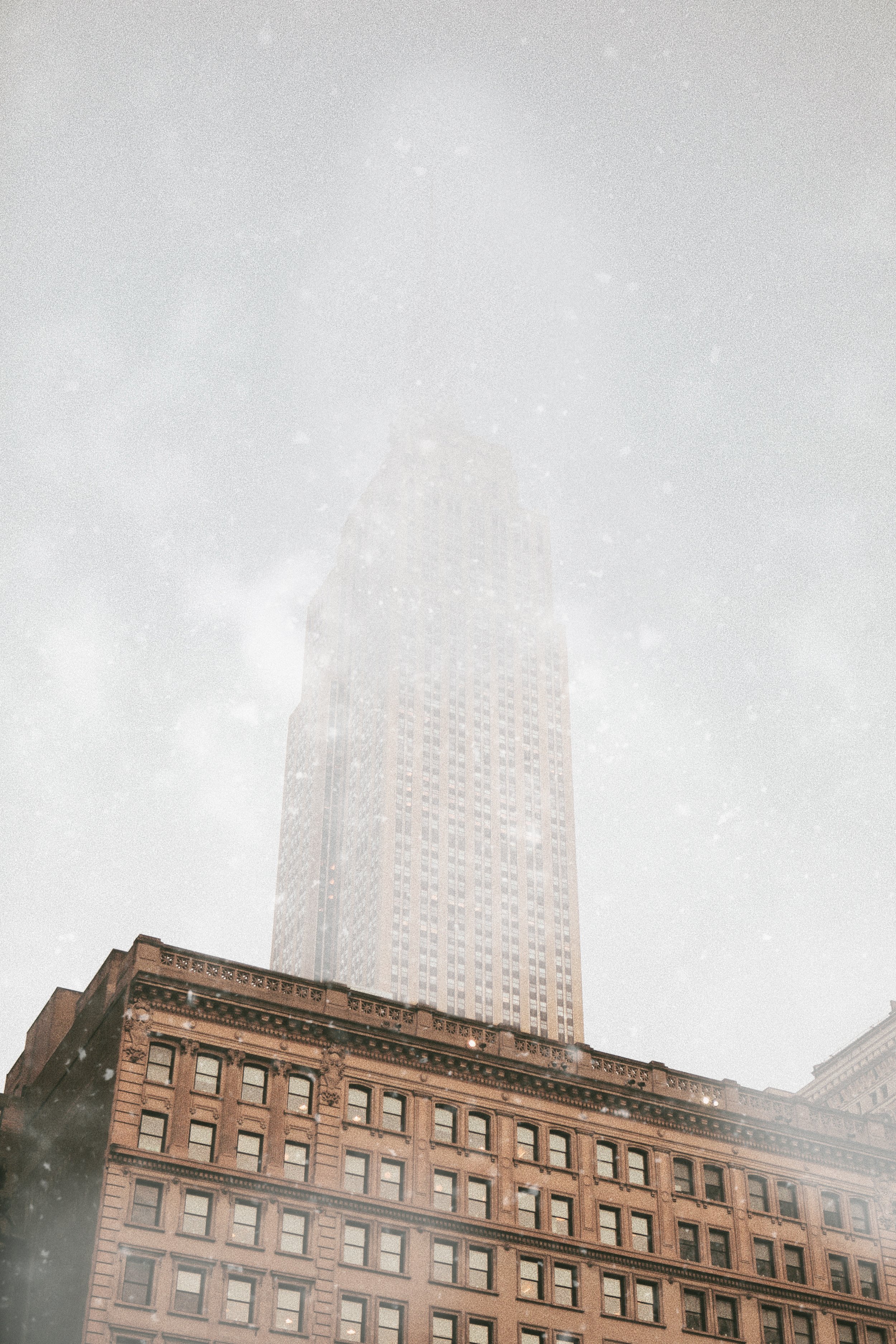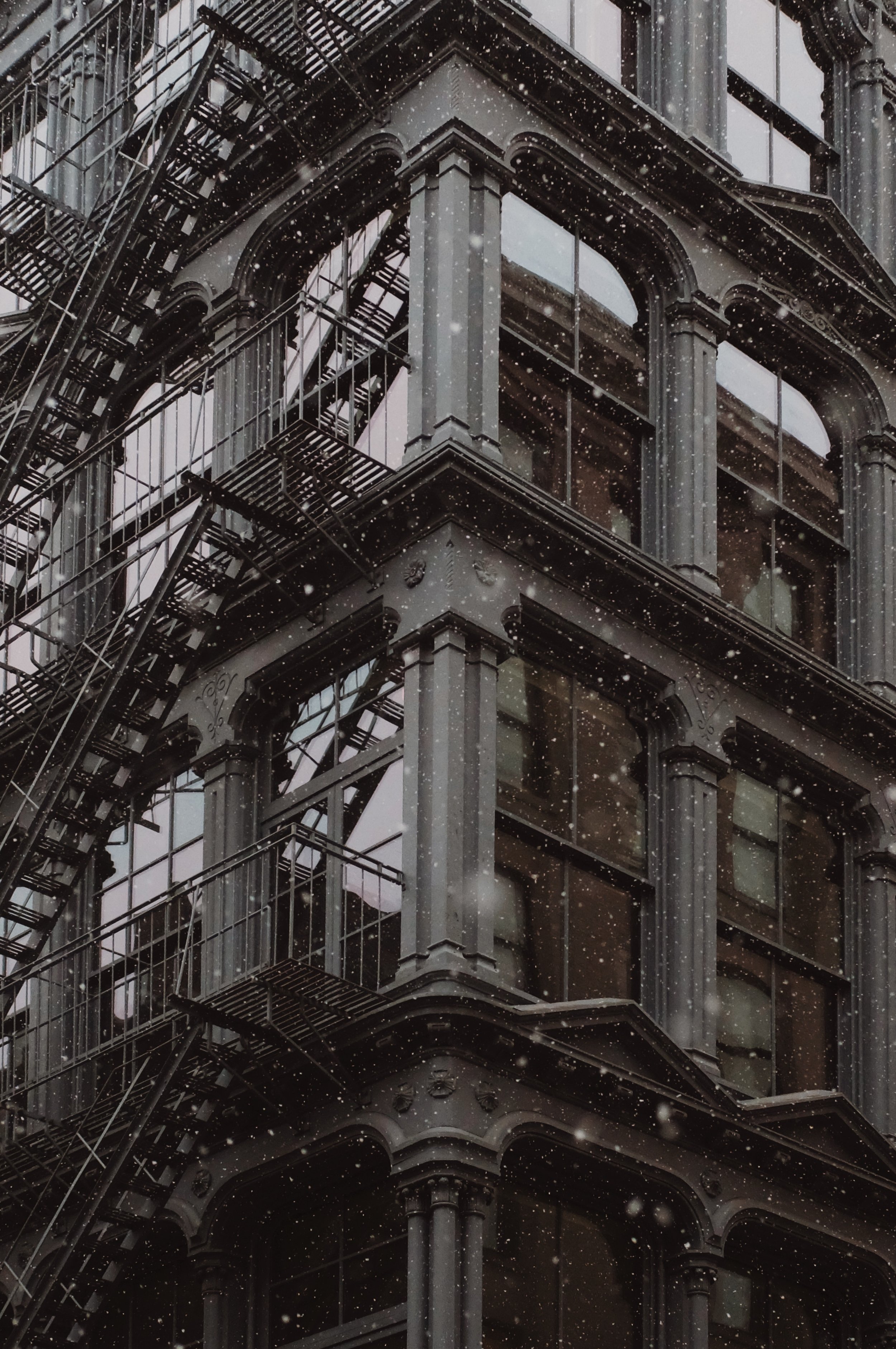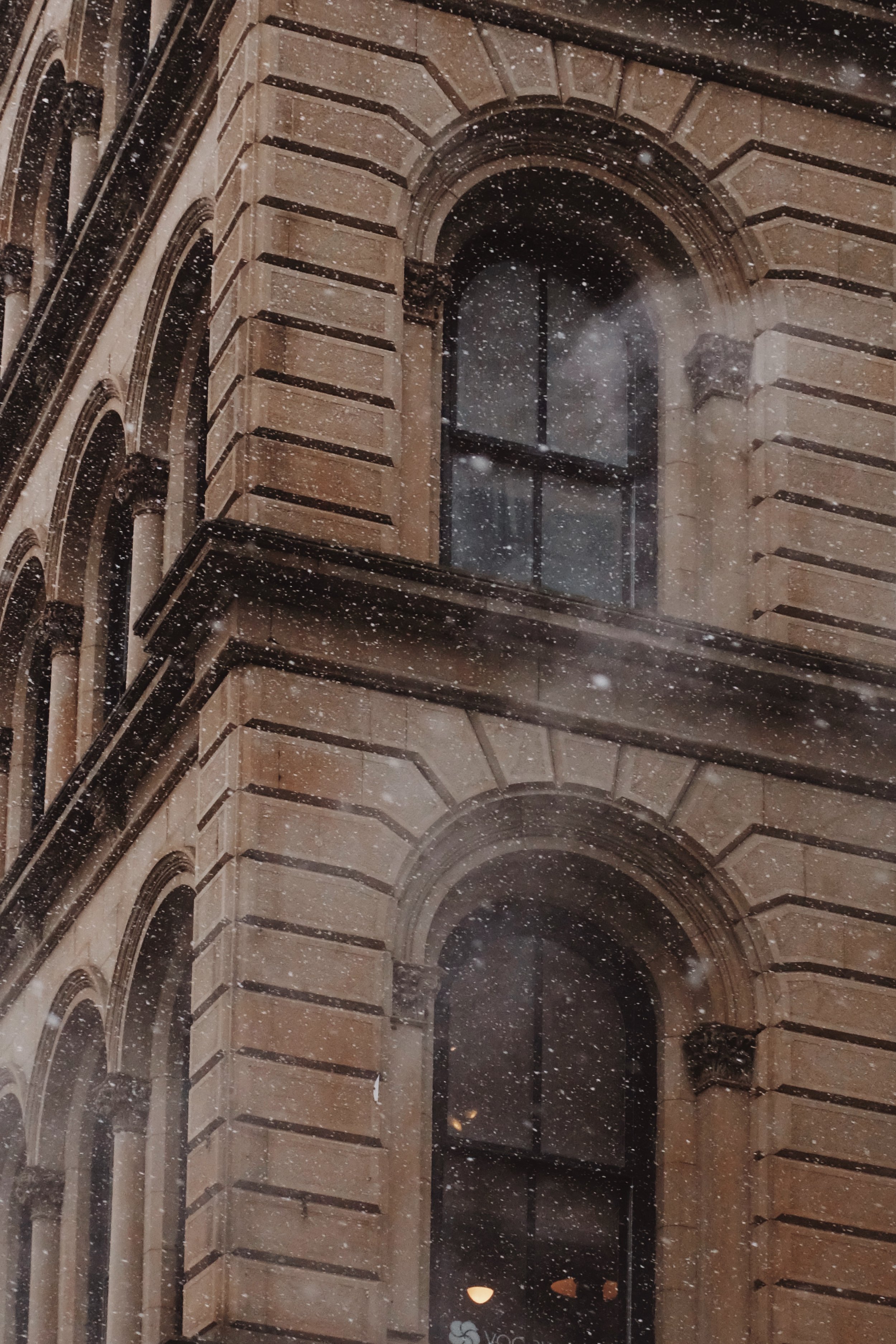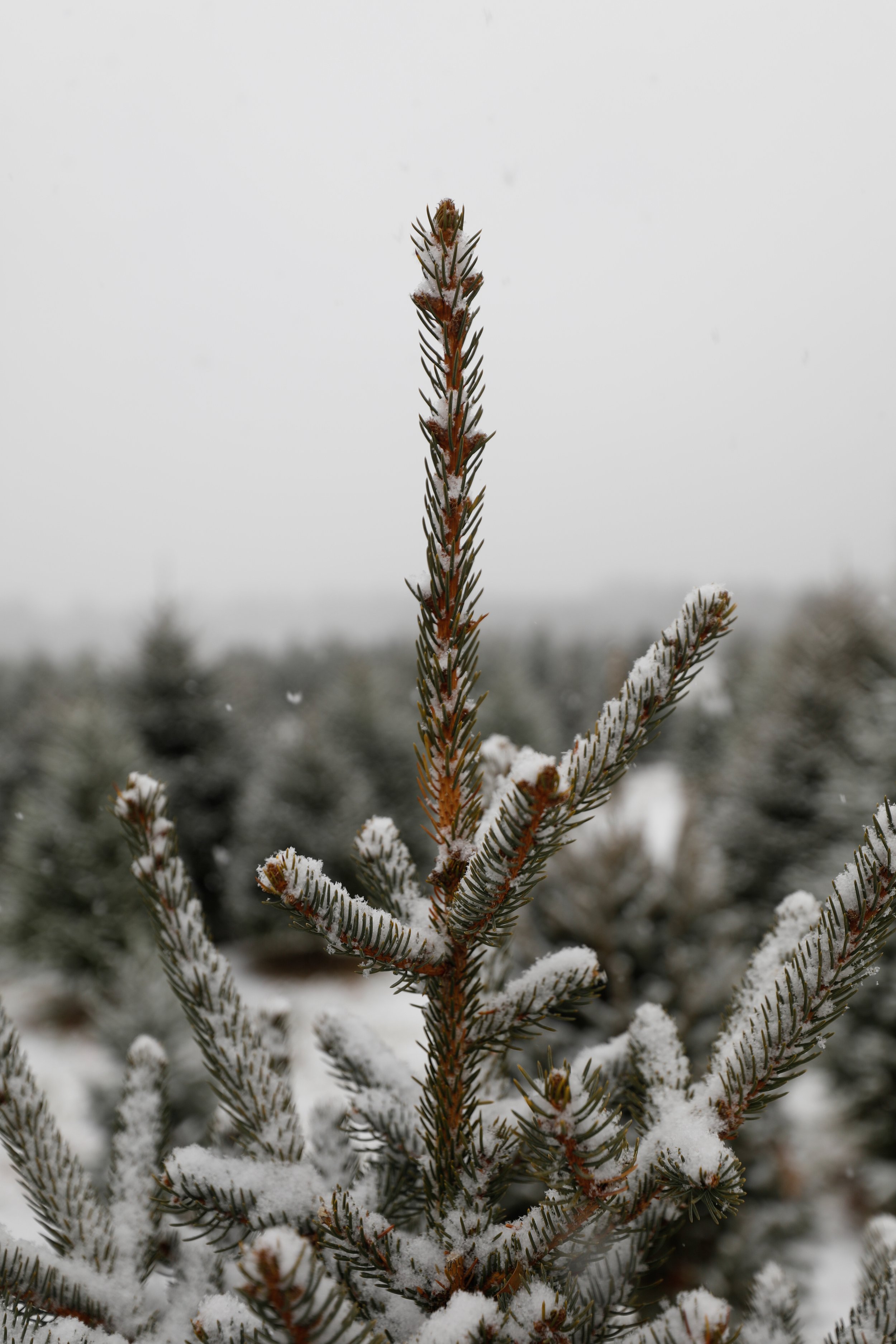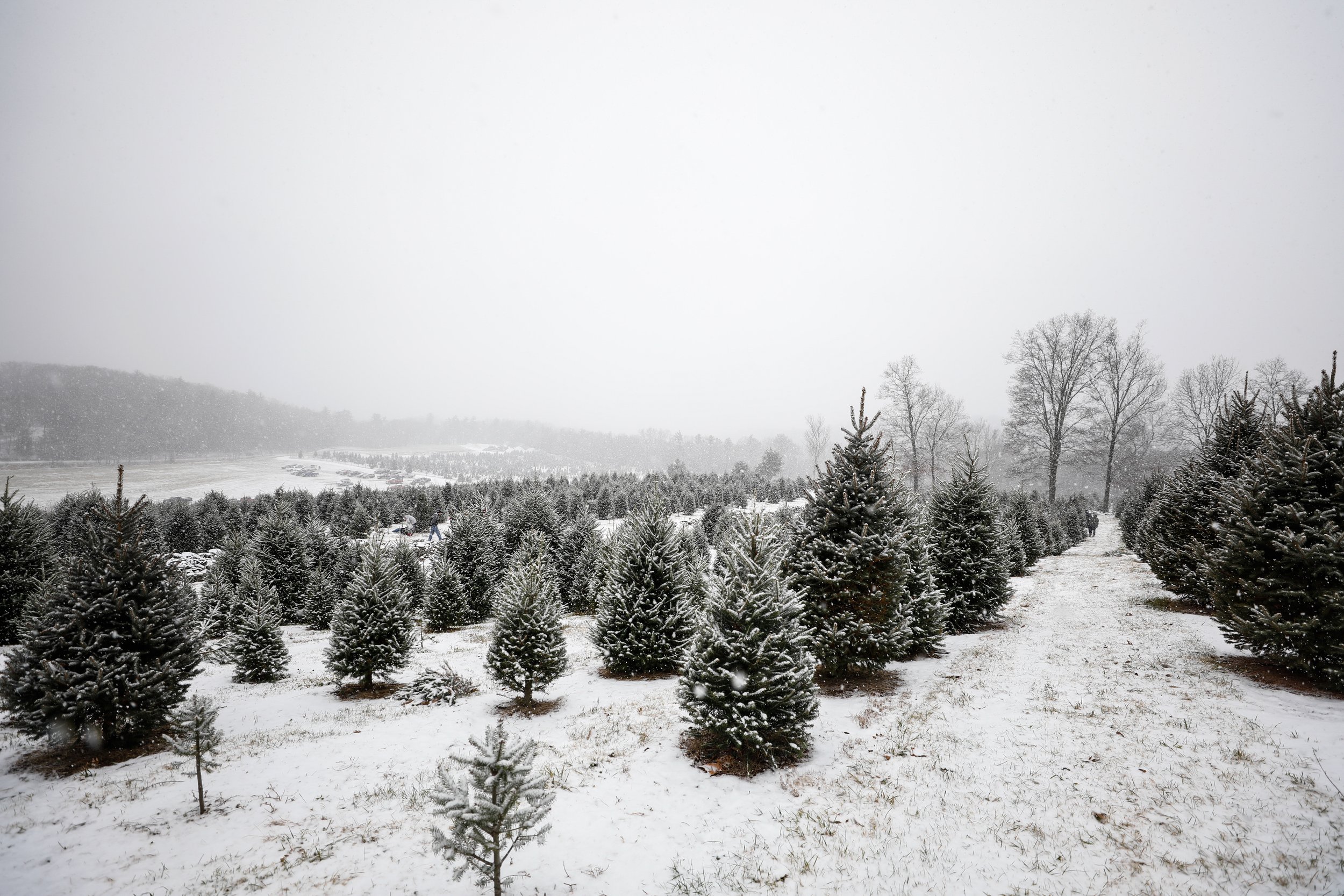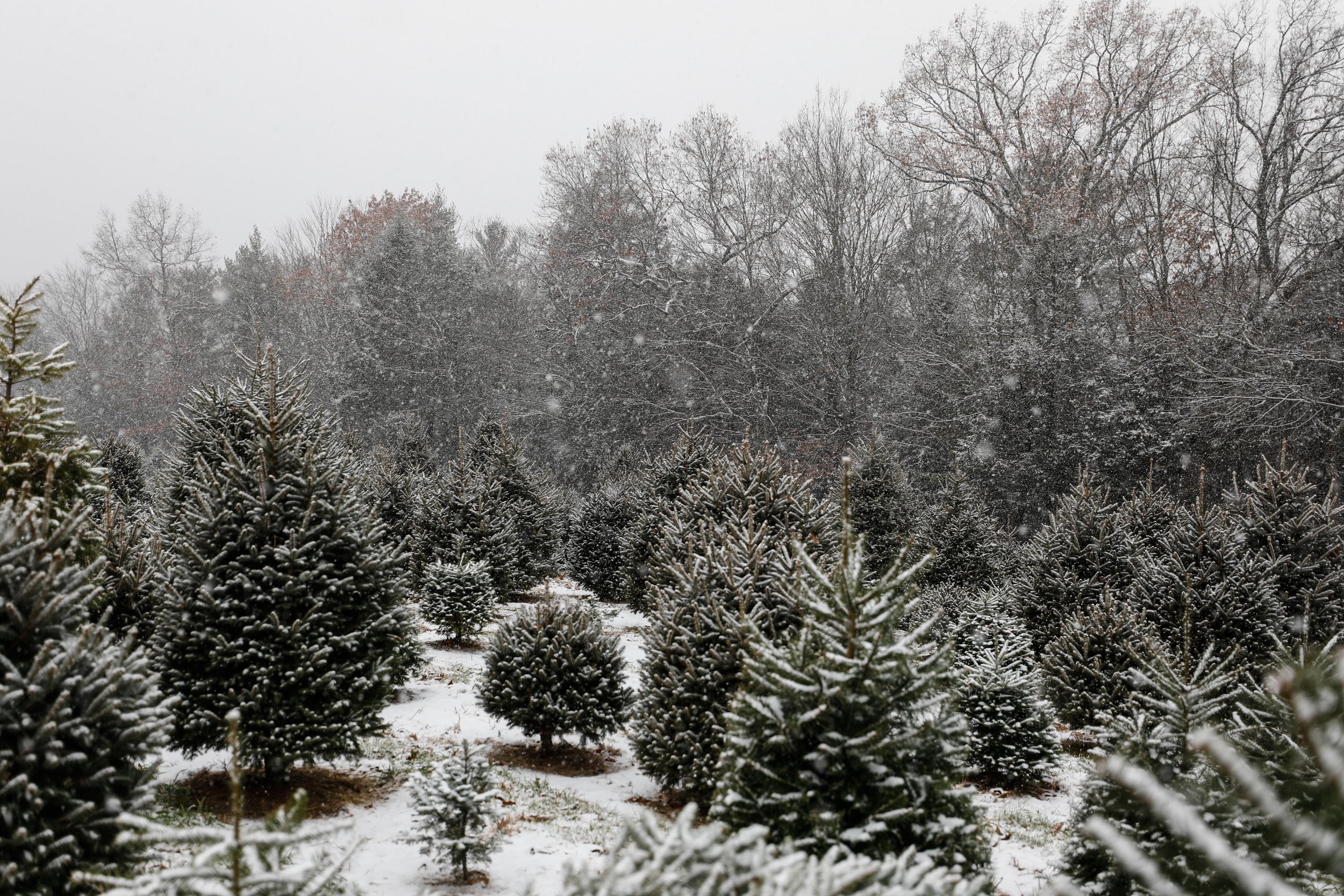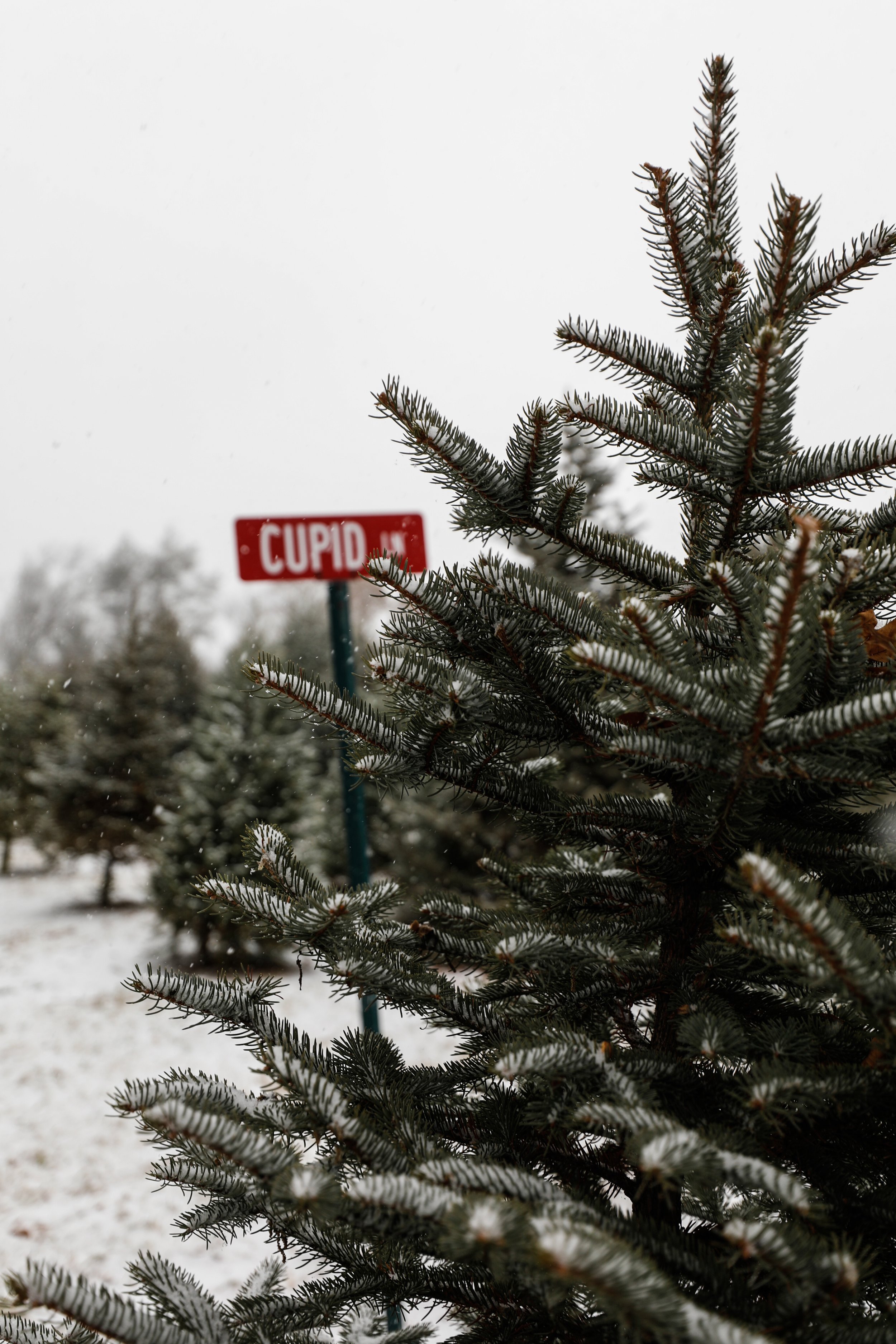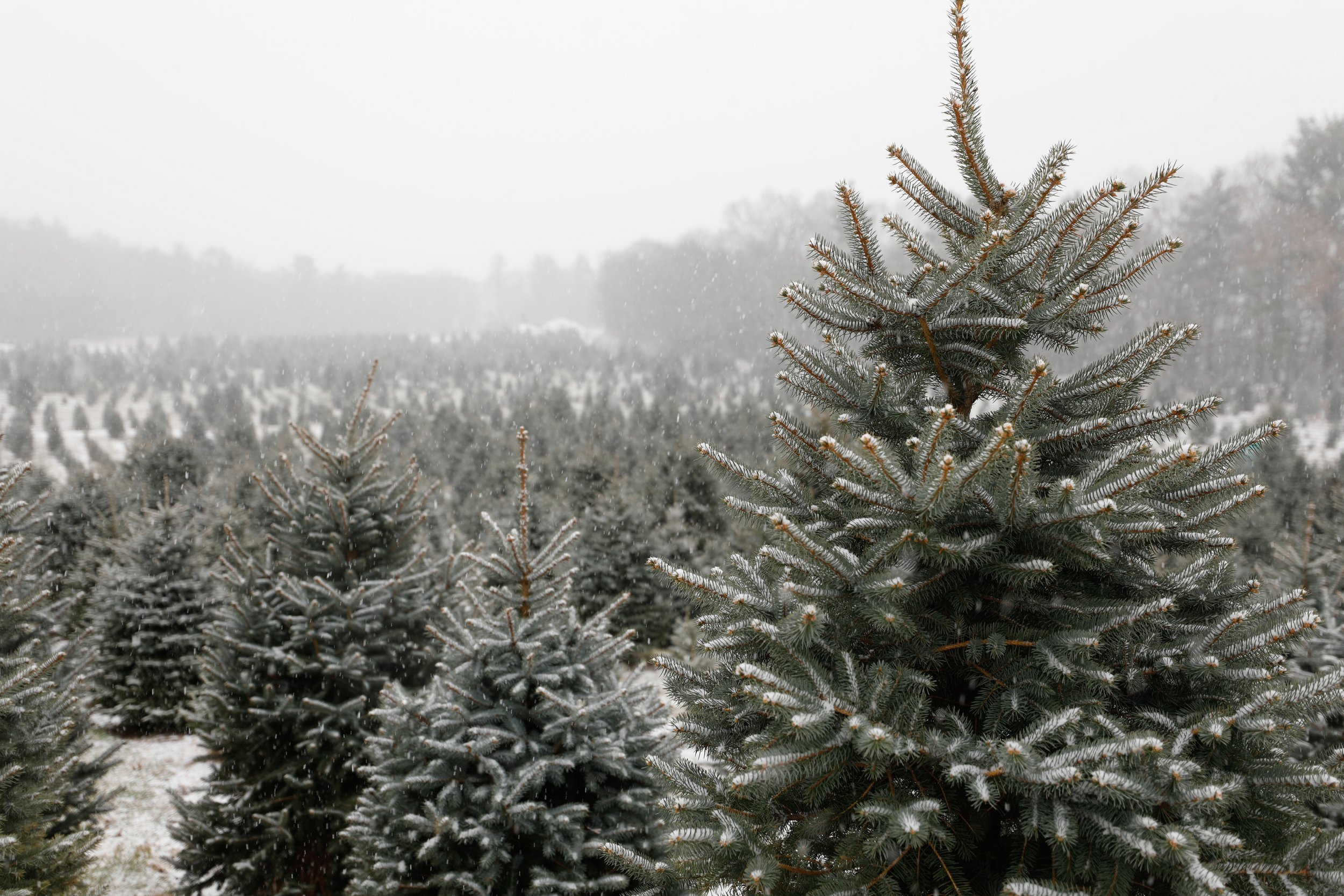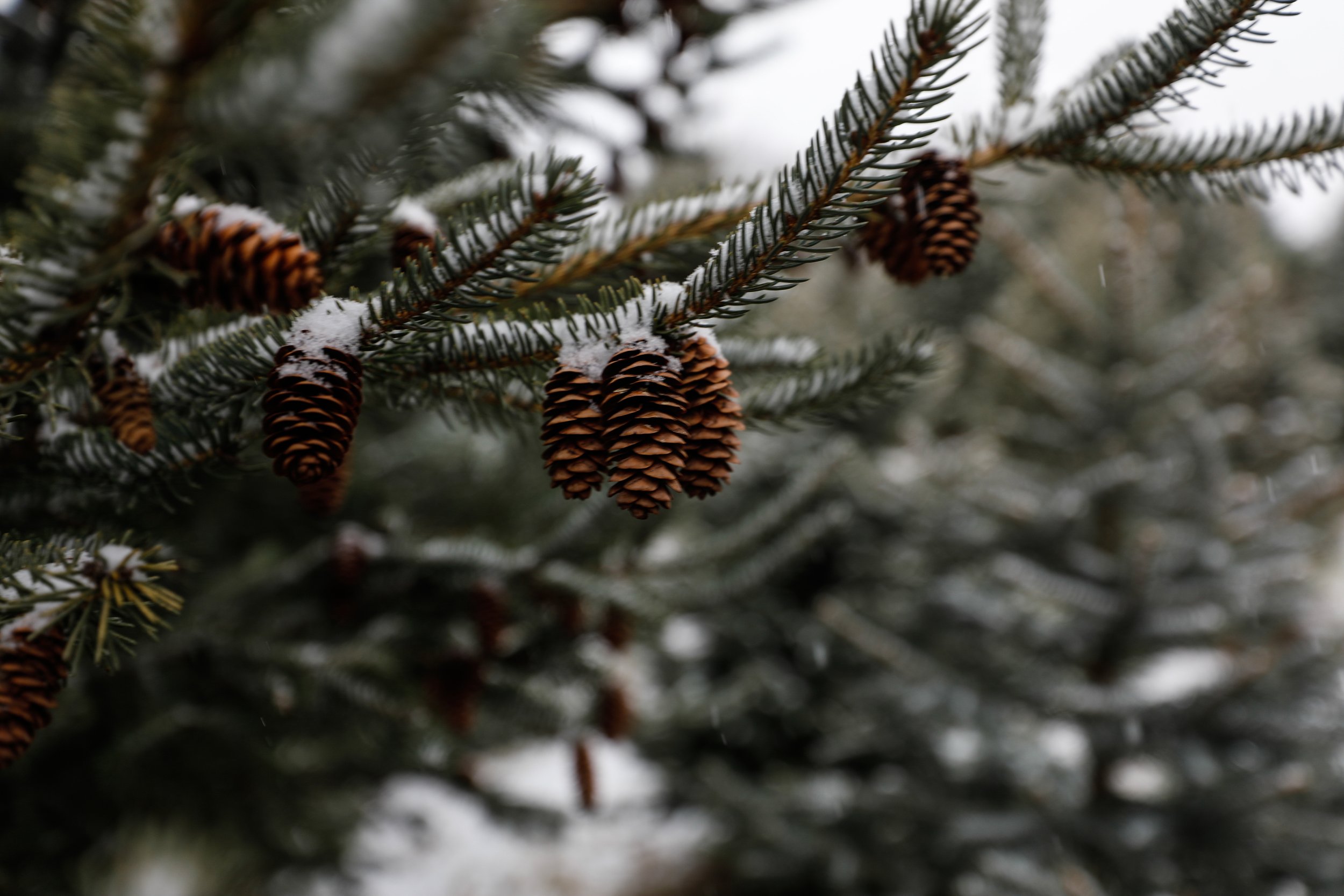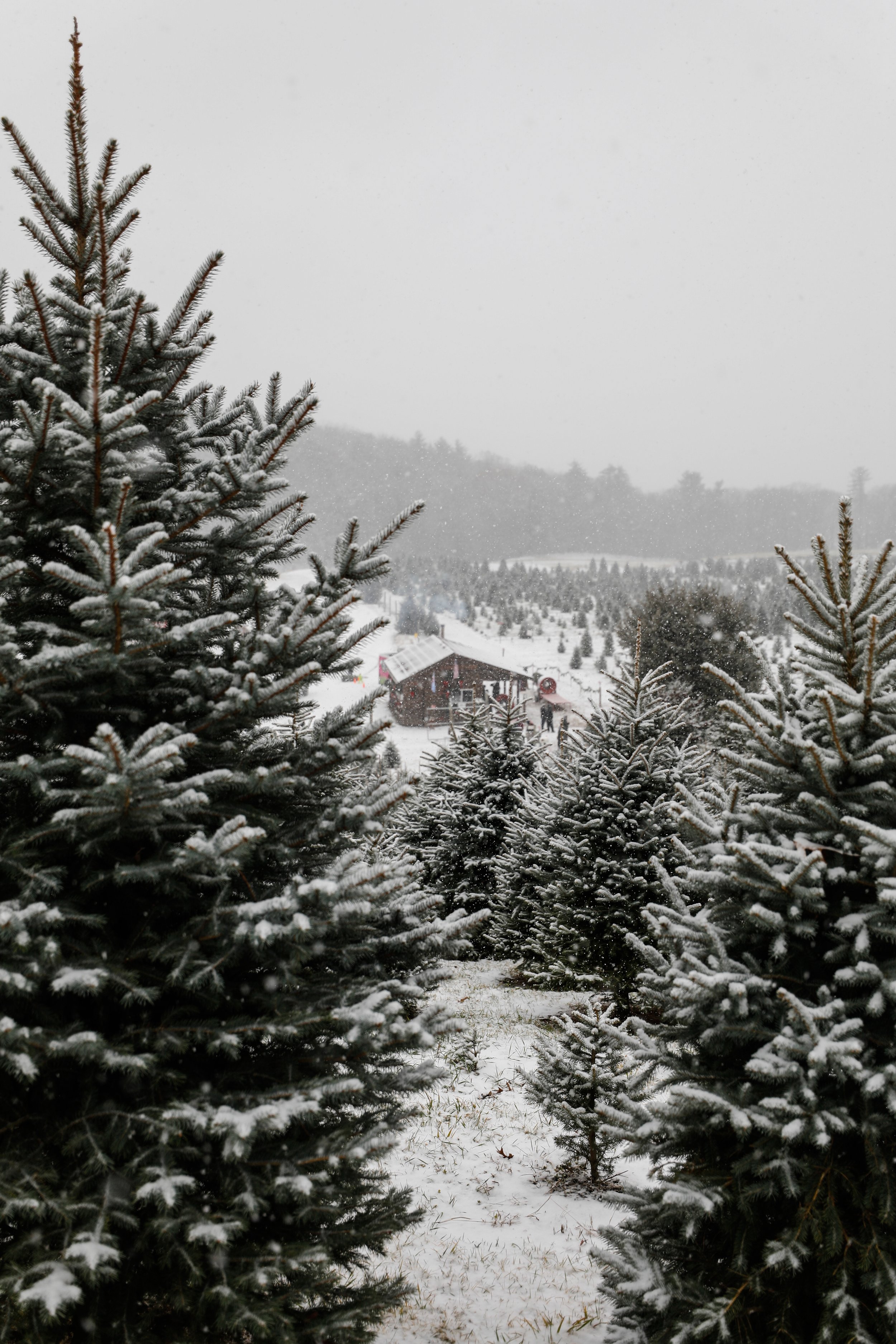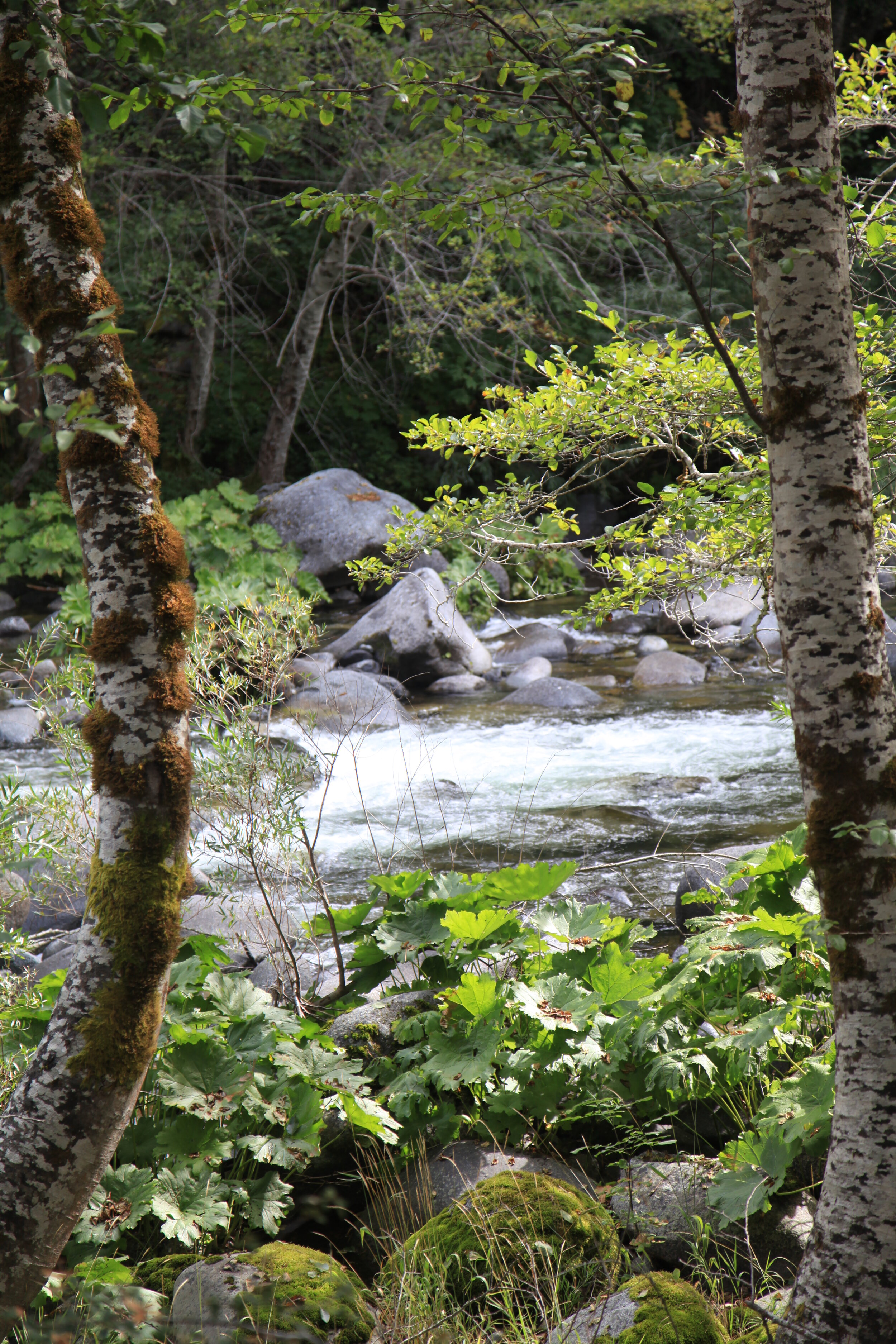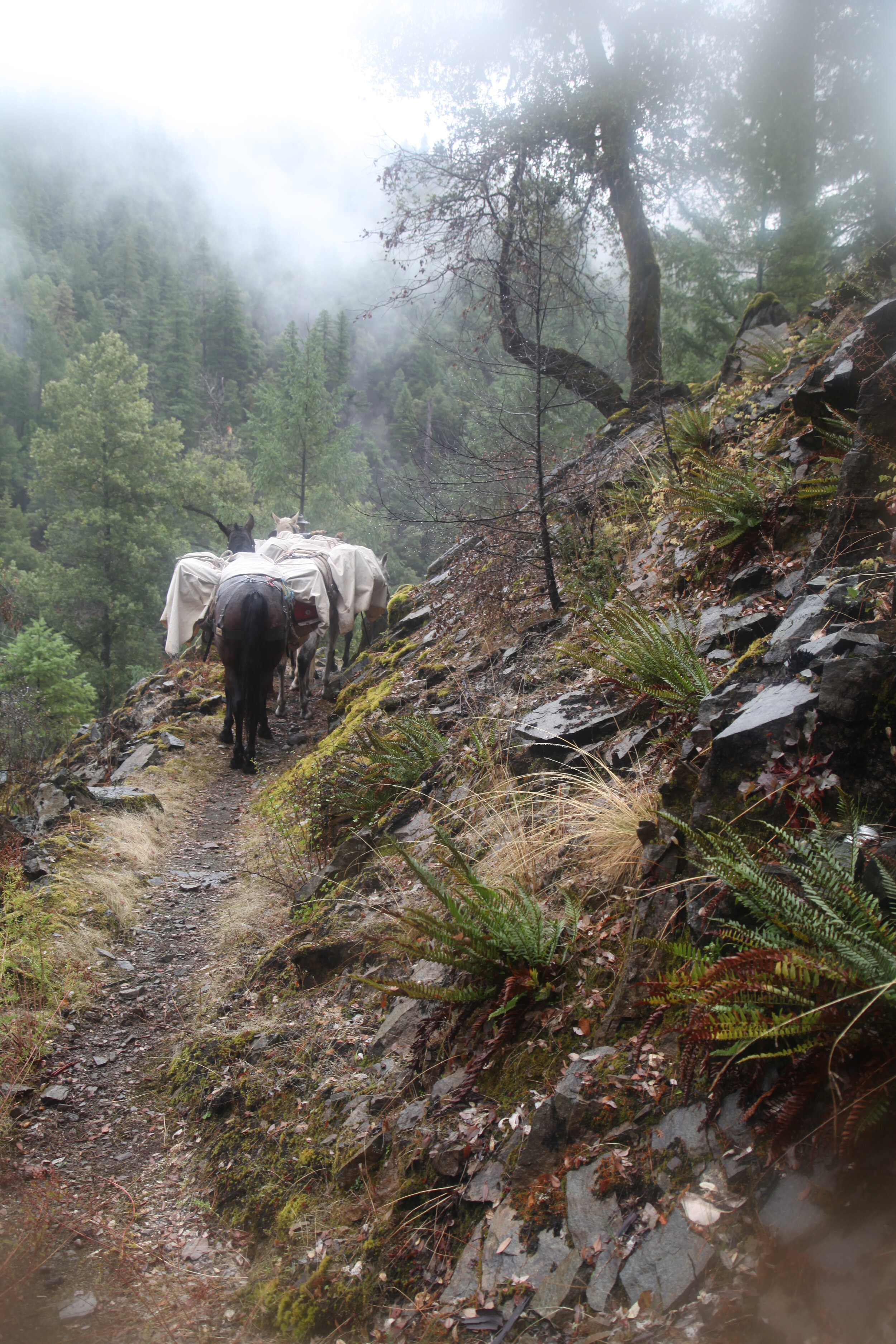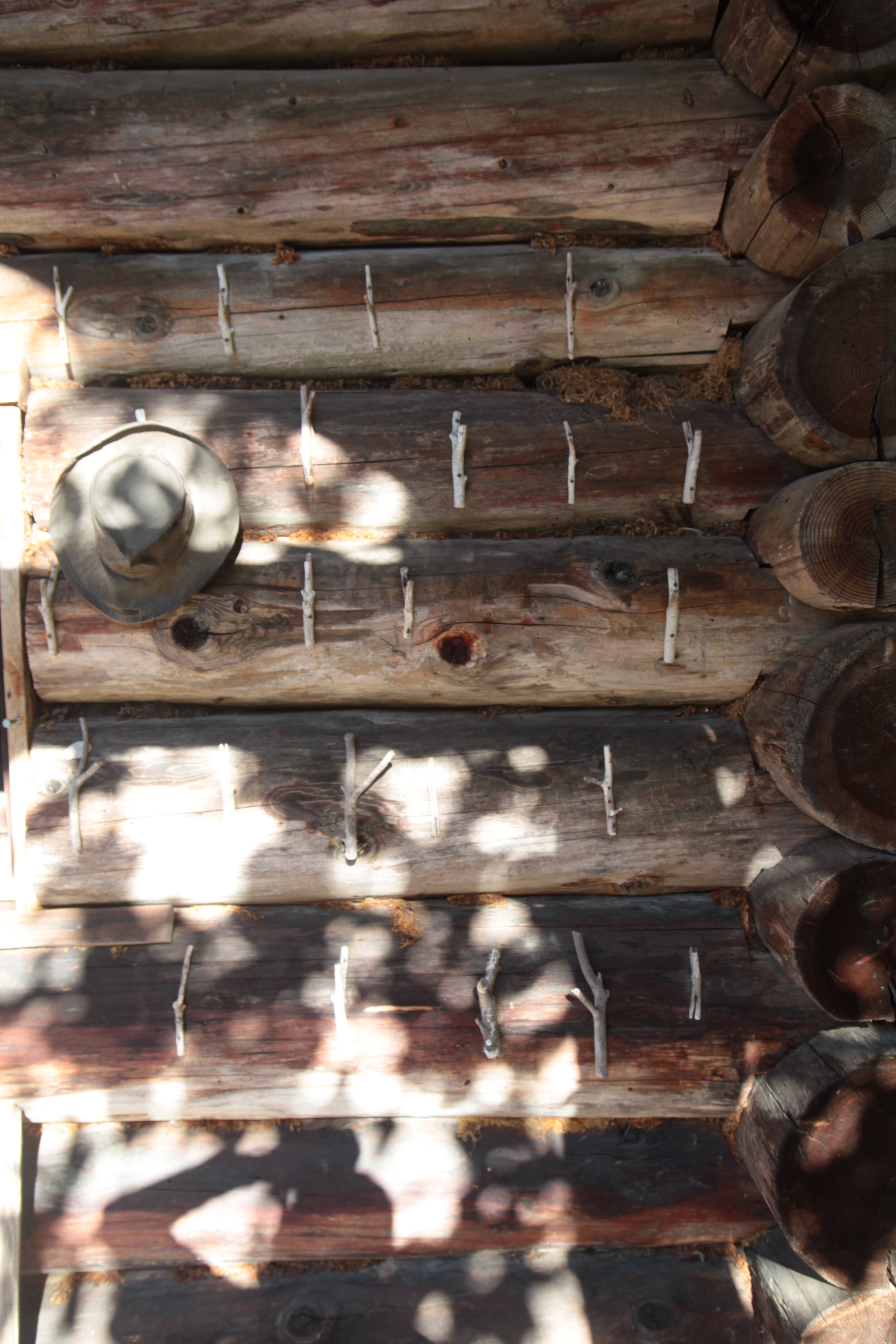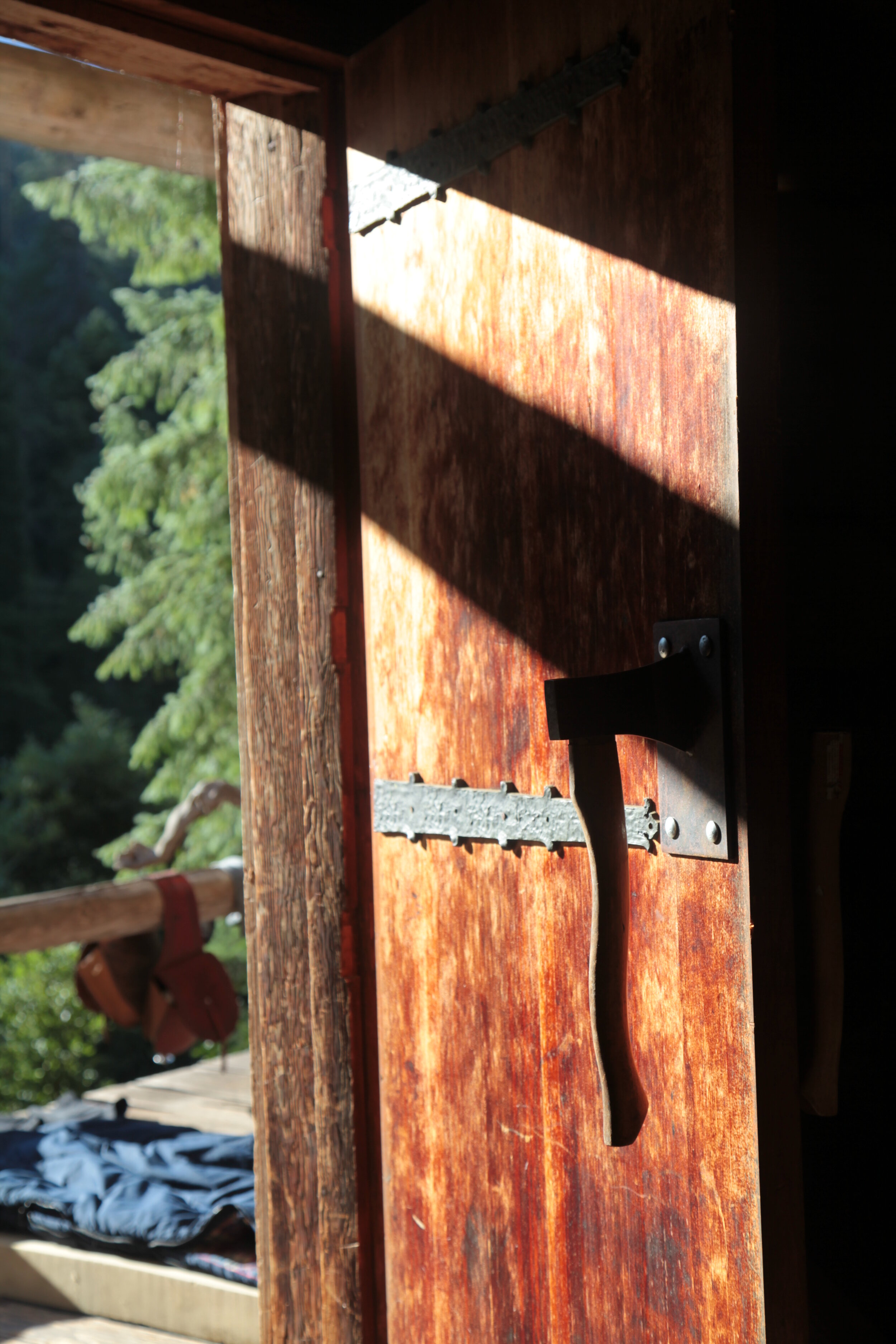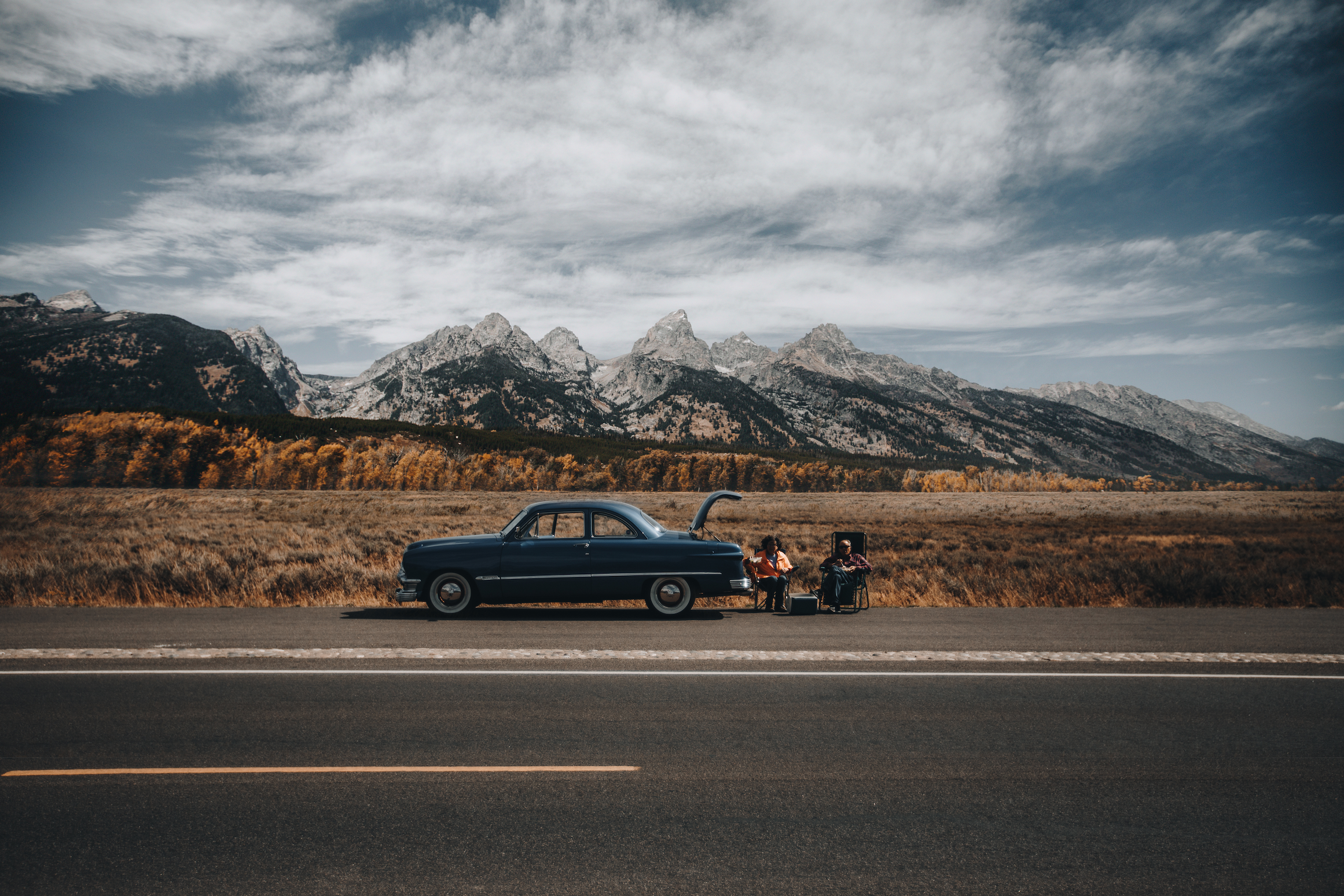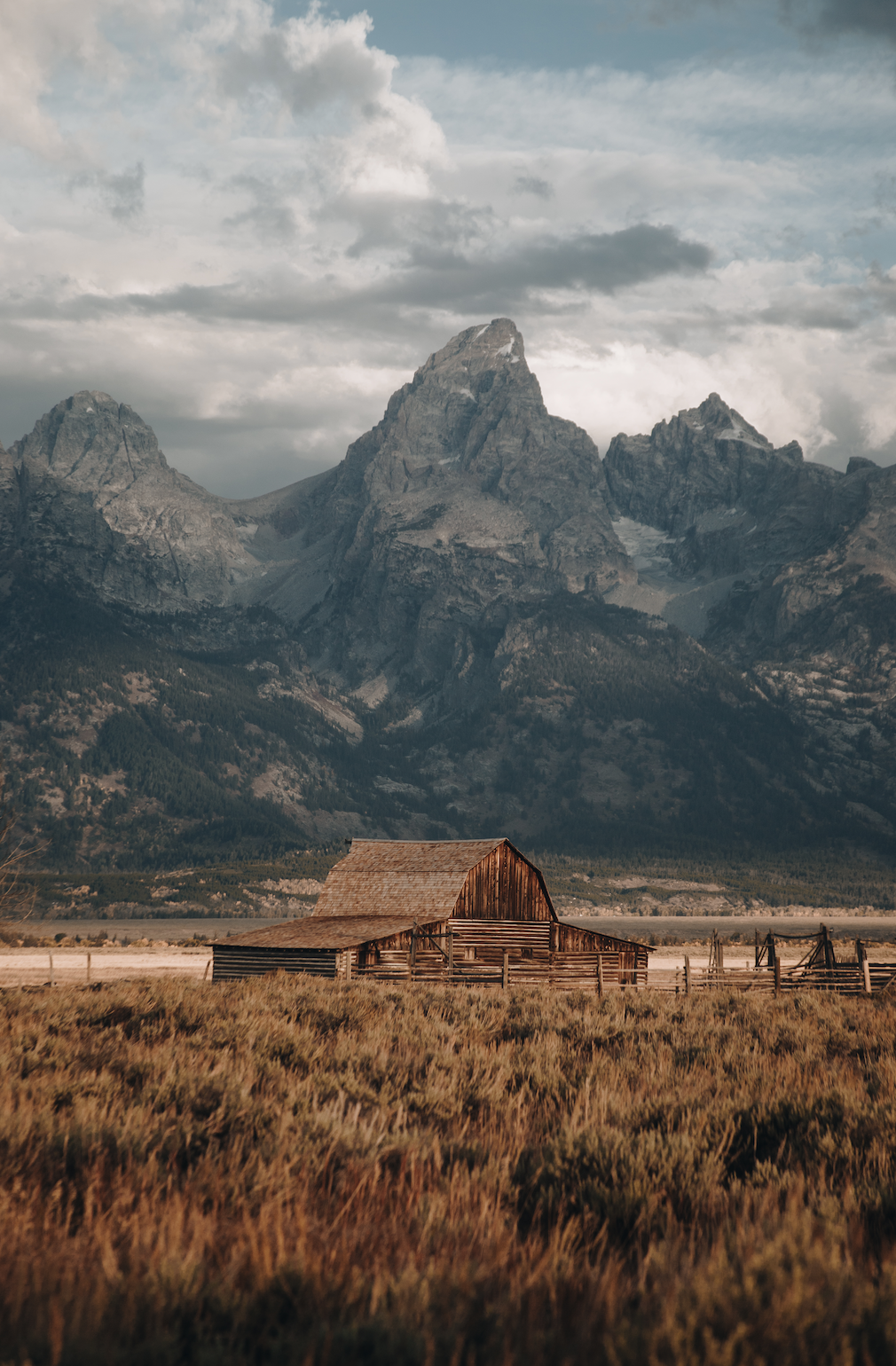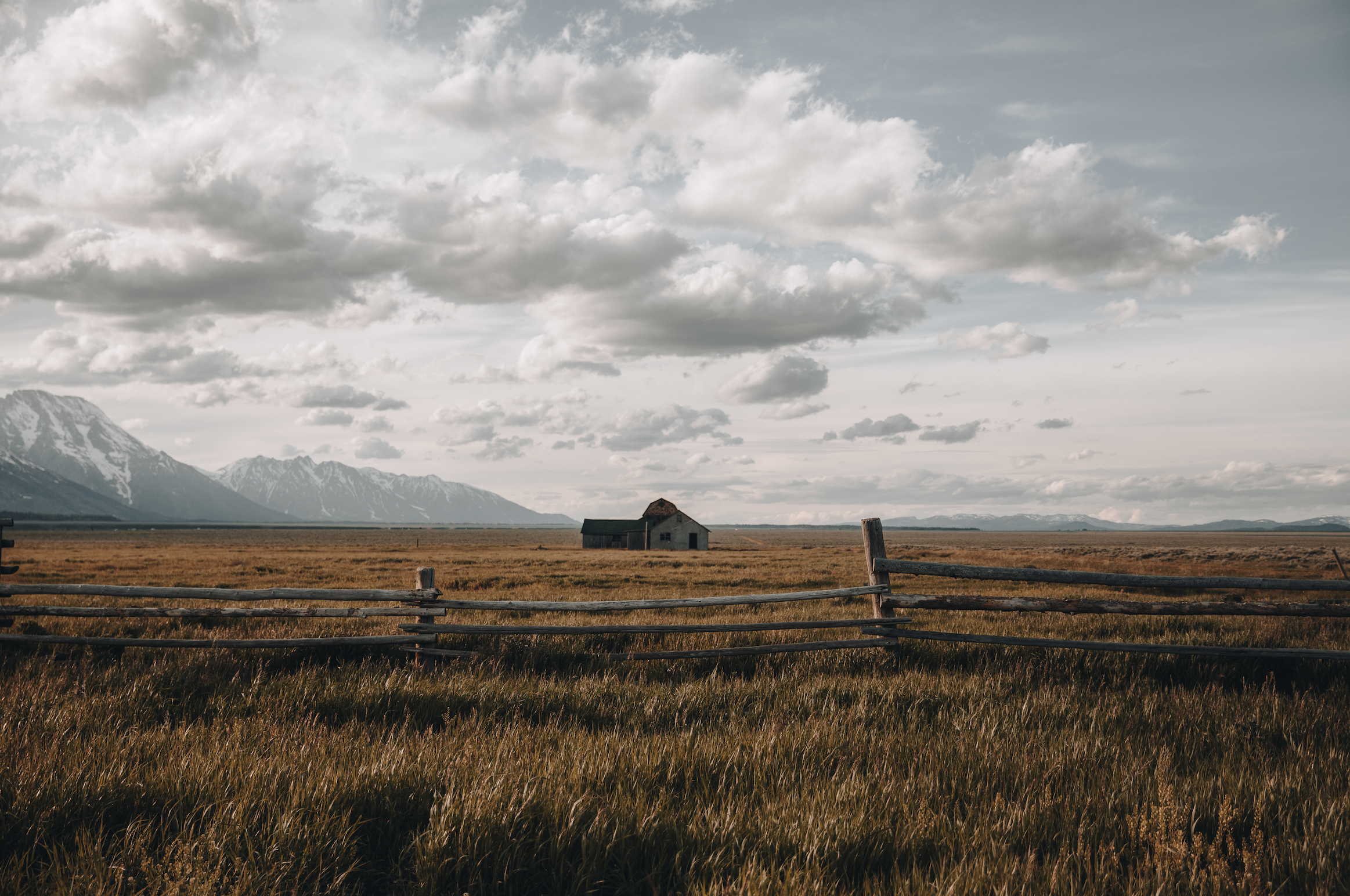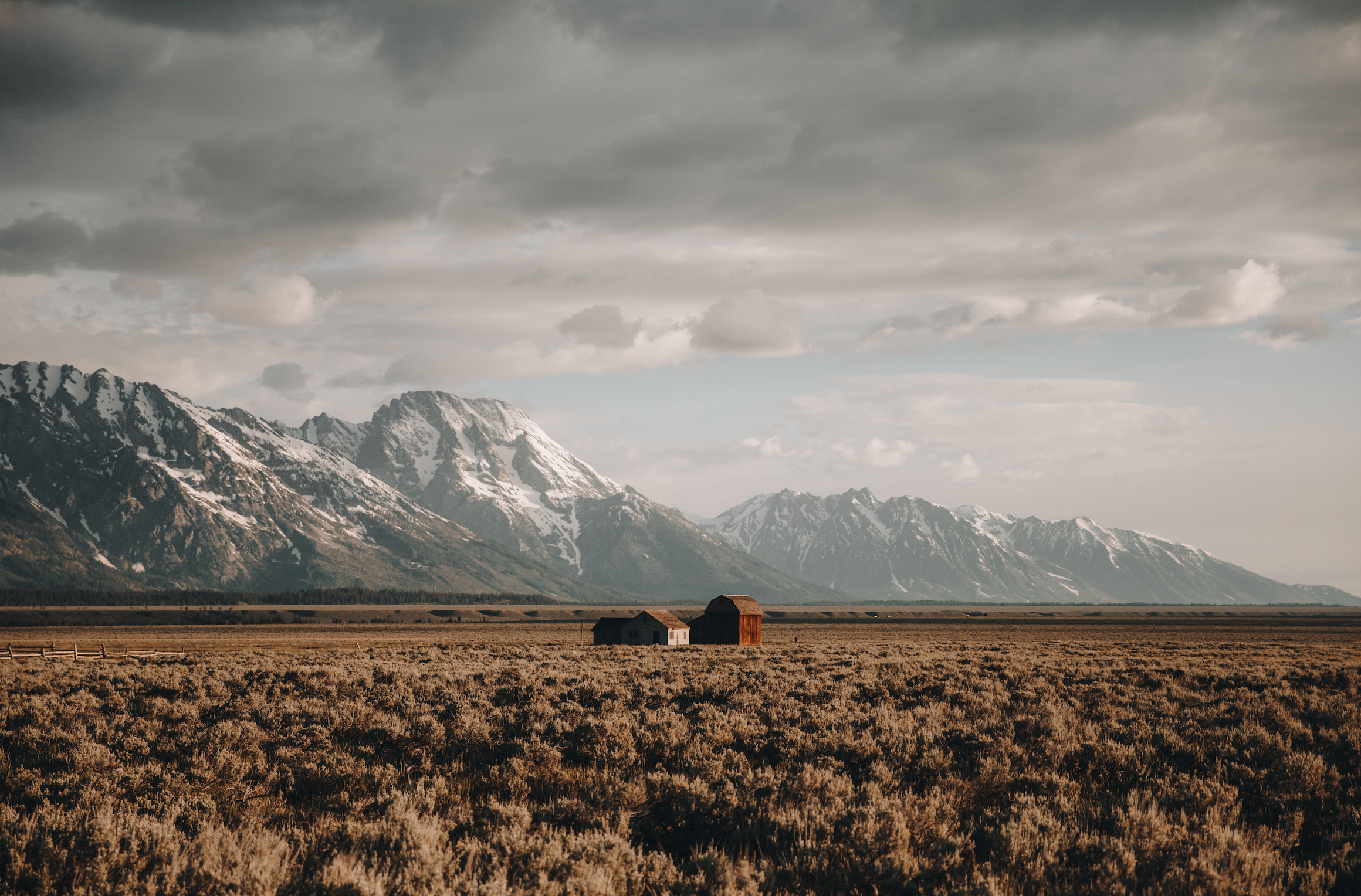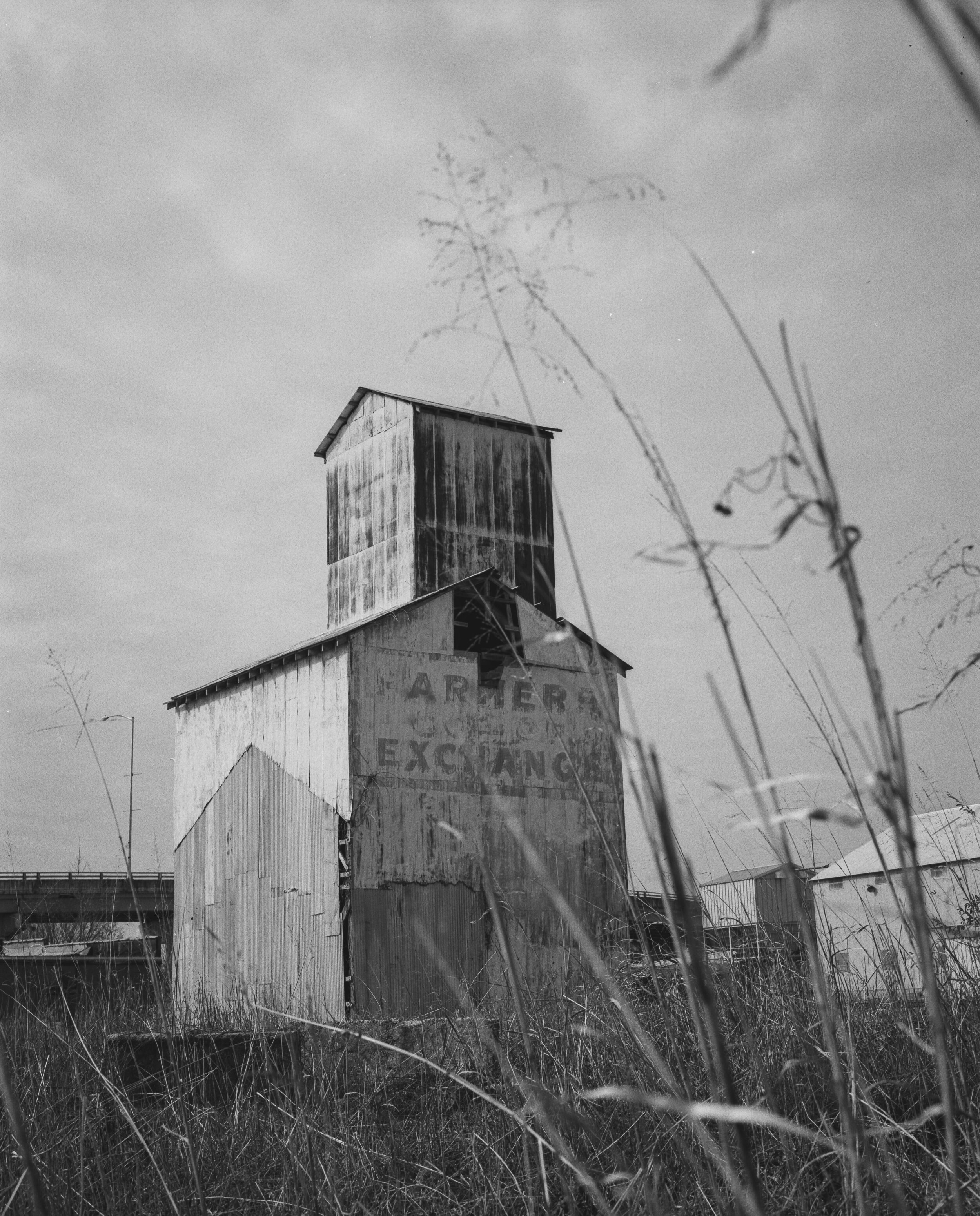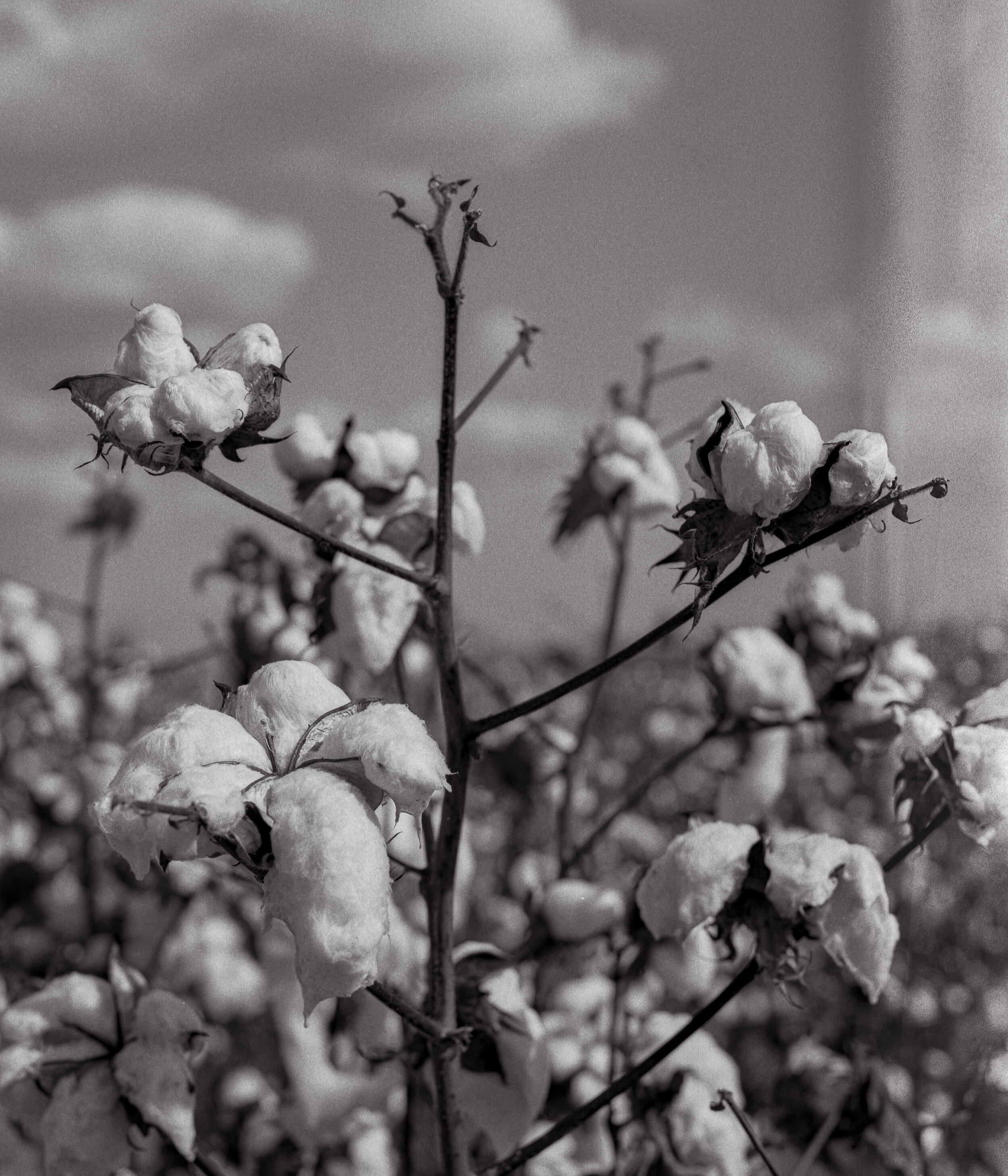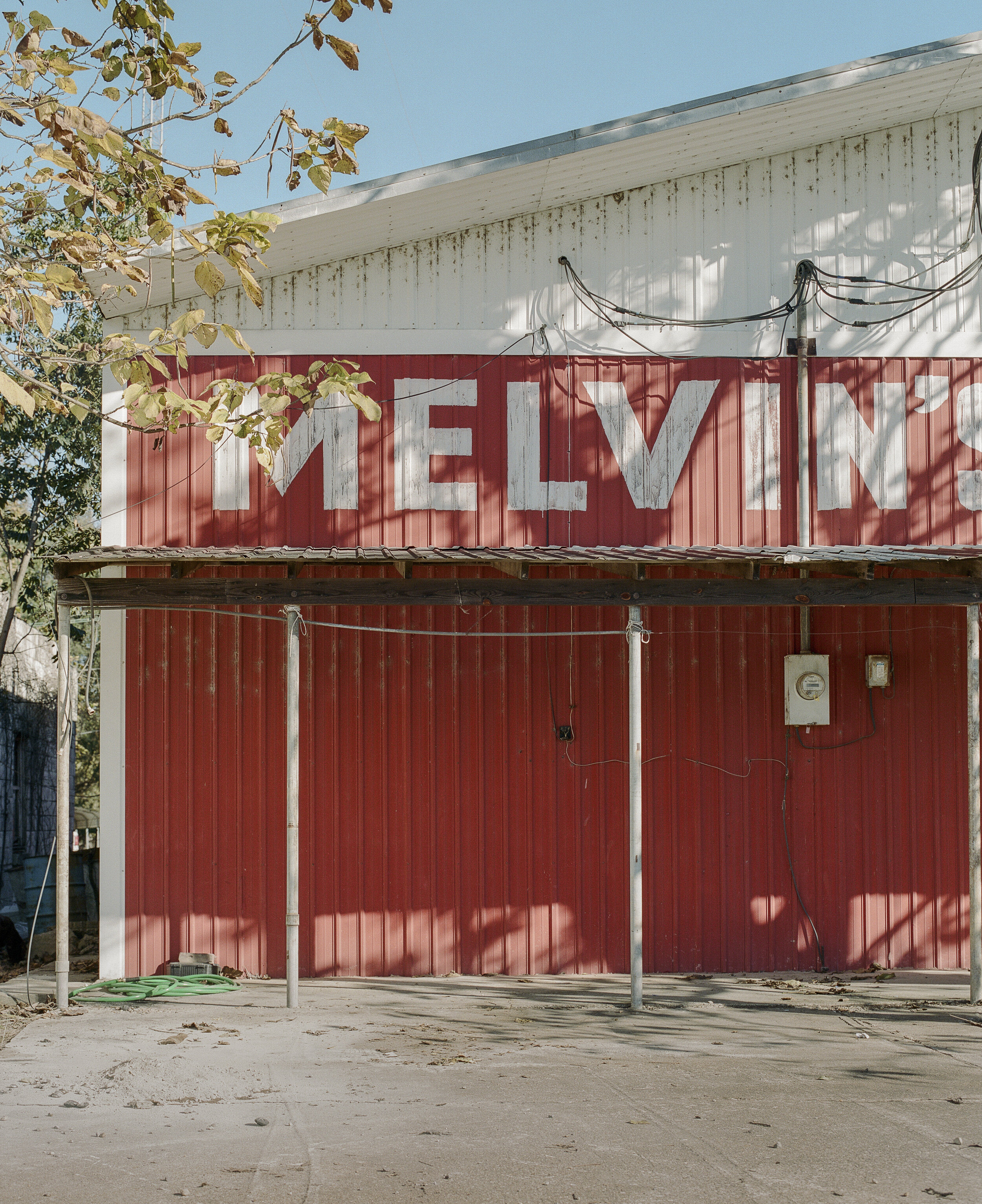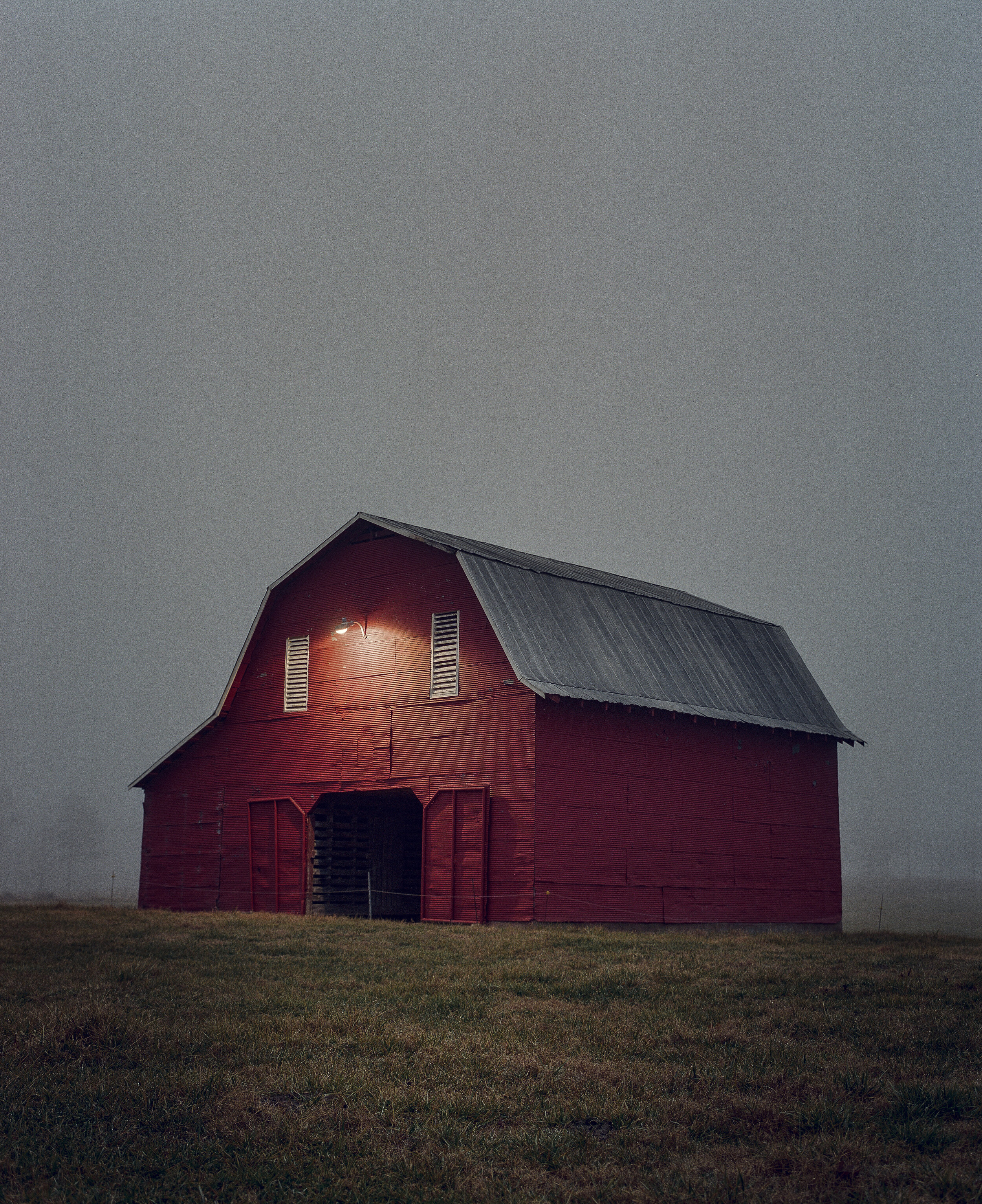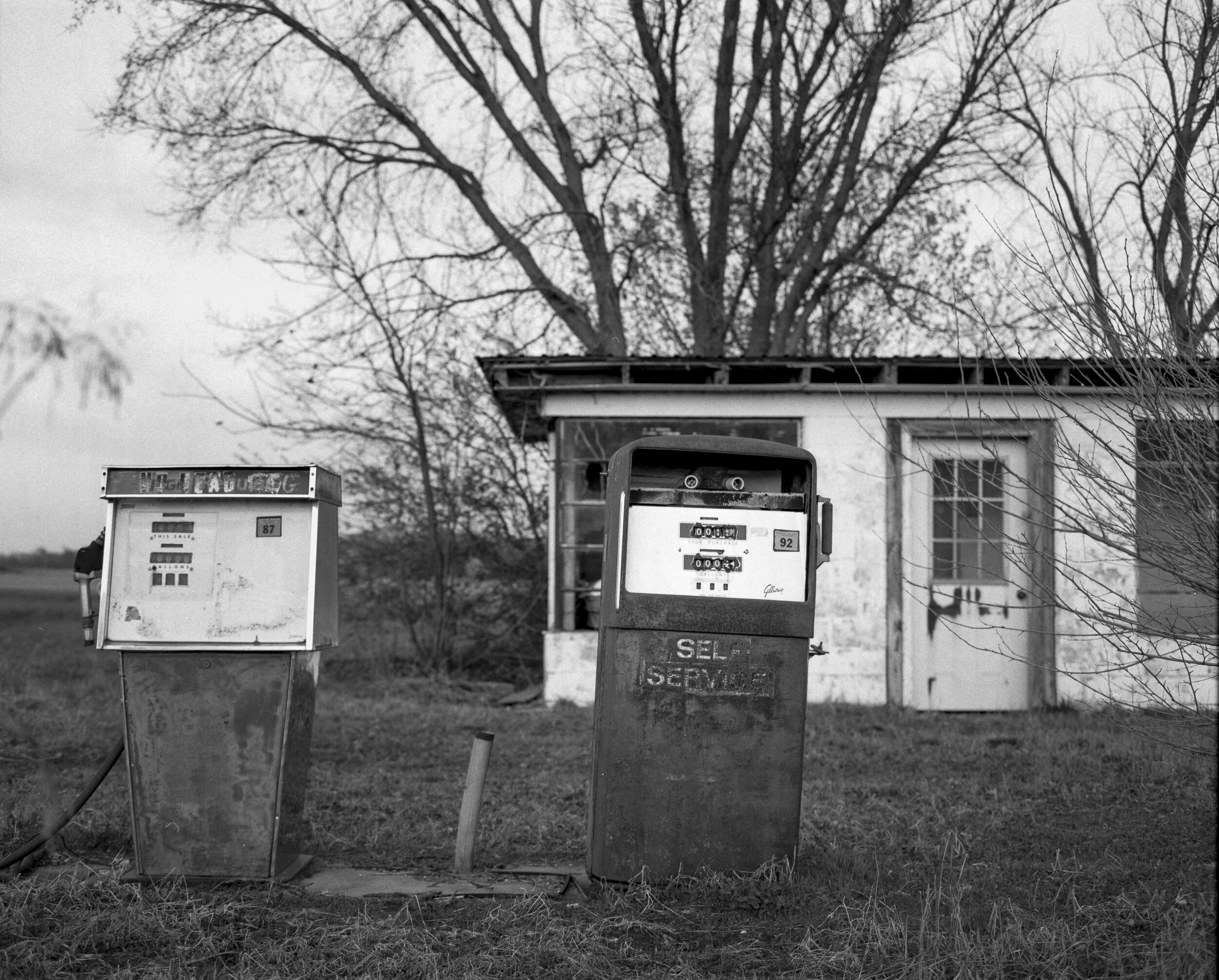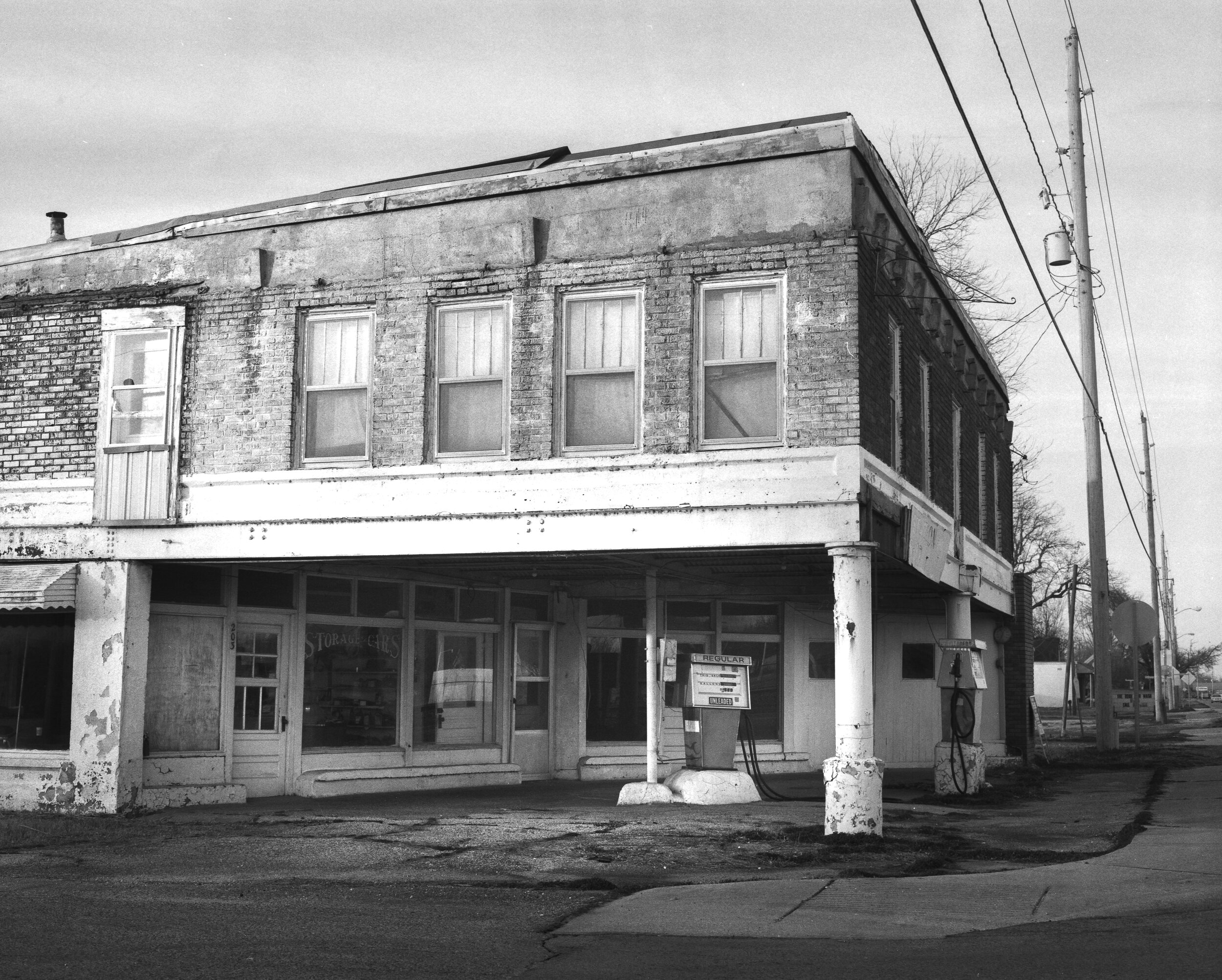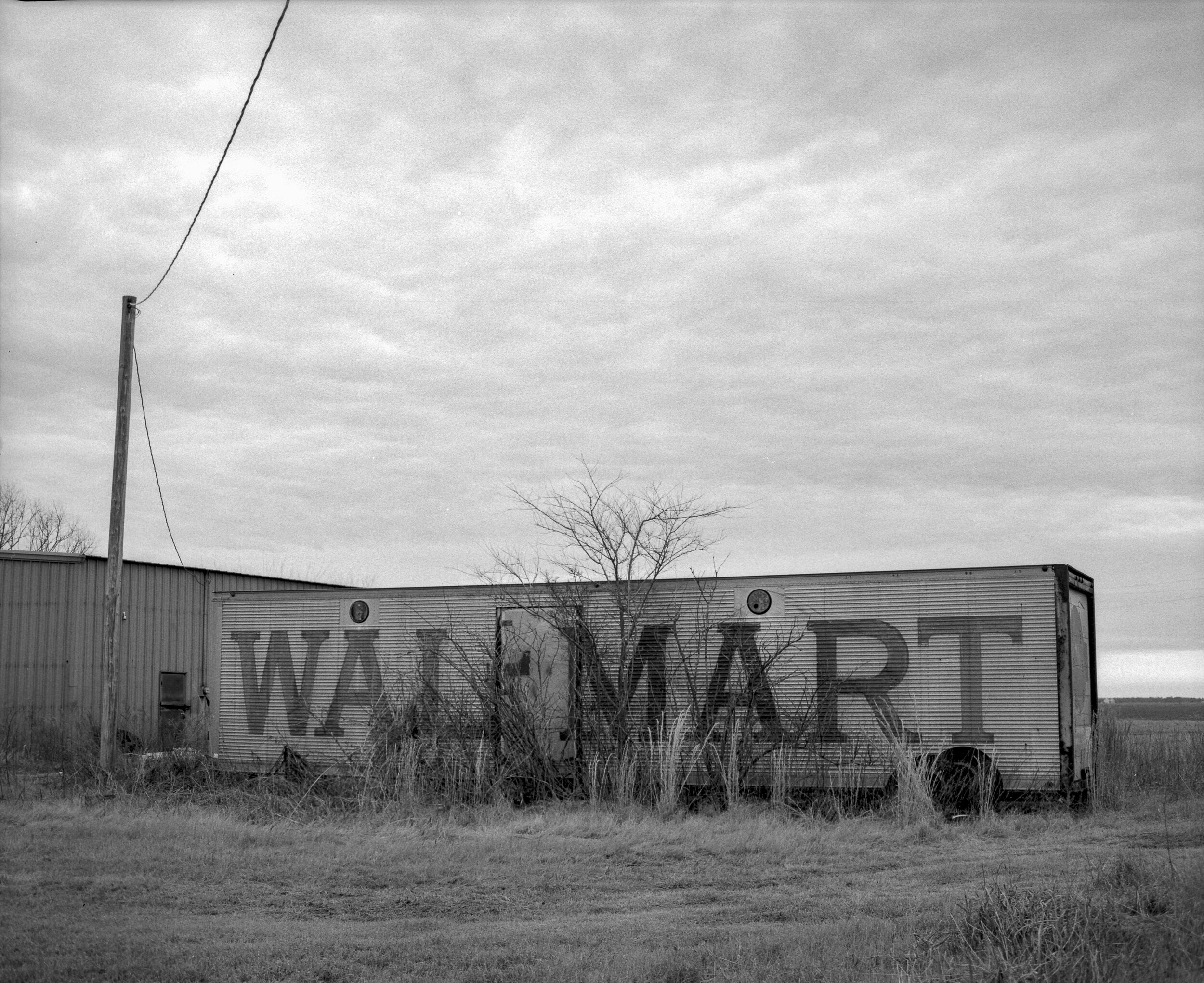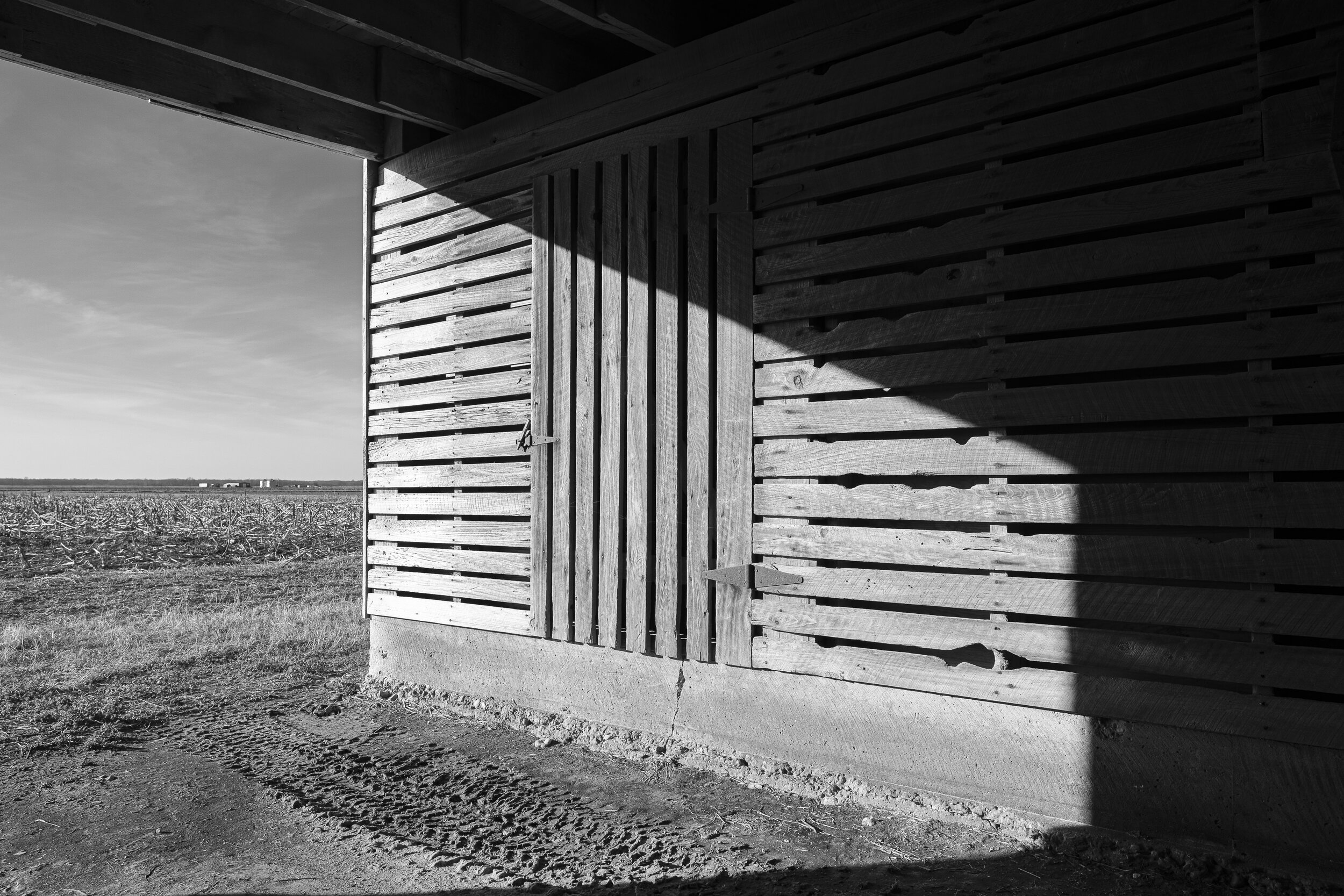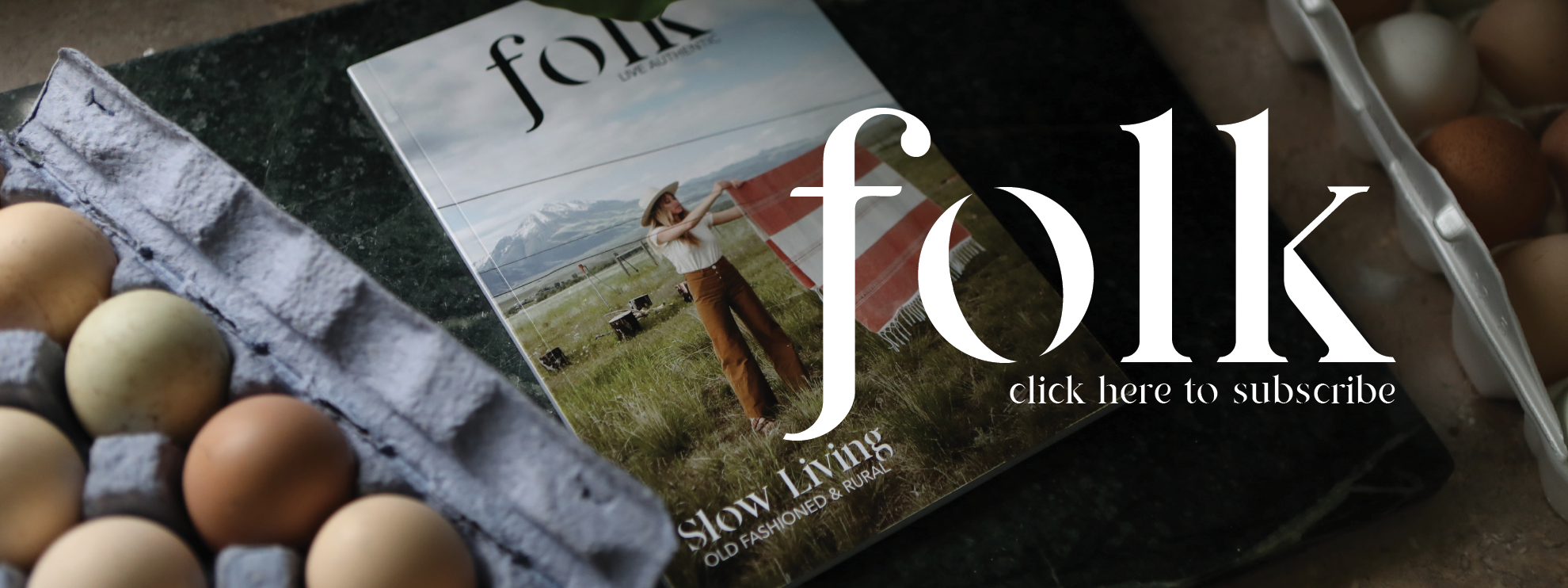Ponderings
Ben Ashby
an essay by Shannon Ashby | 2011
When the Old Beda Road was replaced by highway 231 North and South, a valley had to be filled in order for level construction on the new road to continue. The path of highway 231 was originally called the Buffalo Trail or Trace. Native Americans followed buffalo across the shallows of the Ohio River into Kentucky territory where hundreds of buffalo left the river, about where Frederica Street in Owensboro is today, and headed south along the same corridor year after year. The state highway department contacted my grandfather, Orville Tichenor, the landowner. They offered to build a large pond in exchange for the dirt that was needed to fill the deep gully. Sources of water at that time were scarce — no city water … just wells, cisterns and a few springs from which people and animals could drink. Water on the west end of the farm would allow cattle to graze if this small pasture and corn patch could be fenced. Fencing was too expensive, at the time, for my grandparents, but it eventually happened.
The pond was an exciting place for the Beda Community. Couples and families drove in on the large pond bank and emptied their cars for a day of swimming, picnicking and fishing. Often, farm trucks, fancy color cars and other 1940’s vehicles lined the banks. At night it was a favorite place for lovers, or ornery people, to “park” or drink liquor and beer. I never visited the pond at night, but my Papaw would walk to the top of the hill and see if he recognized any of the cars parked there. Oftentimes he would whisper their names to my grandmother.
Beda Cumberland Presbyterian Church used the pond to baptize church goers and wash away their sins into Christianity. It helped a lot because no cattle used the pond at that time and stirring the water helped keep the pond fresh as opposed to stagnant. Church members would walk or drive from the small white wooden church to the pond and the preacher would wade into the water up to his waist. He would then beckon those on the bank, waiting to be baptized, to wade to him. He’d place one arm around the new Christian and raise the other hand high toward heaven, his shirt sleeves dripping with pond water, and pray loud enough for all the gathering to hear. The new convert grabbed hold of his arm as he lowered them backward under the pond water and lifted them back to their feet. It was an inspirational moment that gave you a pacified feeling as church members sang all four stanzas of “Just as I Am, or “I Surrender All”… acapella, in four part harmony.
I remember our closest friends and family, Jerry and Wanda Allen, being baptized in that pond. The pond banks were lined with people around the shallow end. It was a place of notoriety for there were no other farm ponds as close to the highway and church as ours. I think at least one bird dog was converted there as well. Often times the family farm dog followed his master into the water only to be affectionately dunked by the minister. And so it was — the pond on our farm became a significant part of Beda’s social and spiritual life.
After the newness of the pond wore off and the church started sprinkling as a form of baptizing new members rather than immersing them, a new era began. The pond was one of my thinking spots. Mom and I lived with my grandparents for a time and my grandmother (bless her heart) could send me into the “squimmin’ mimmies” in a short period of time. Papaw, who was calm and never laid a hand on me, was totally opposite. When Mamaw got in one of her moods to convince me of my guilt, total unworthiness and to assure me that I was bound for hell, I’d slip out of the house with my Australian shepherd in tow, go around the bend, over the hill and down through the late summer corn and sage brush to the pond bank and pour out my heart to the tiny ripples created by the warm weather breeze. At that time, I was a lonely, only child, with no one to talk to; furthermore, there wasn’t anyone to talk to my Mamaw either. I think most folks were about half scared of her. I’d stretch out on the bank of the pond and listen to the warm breeze, or a slow moving car that occasionally passed. I’d stay just long enough to keep from worrying Papaw.
Twenty years later we fenced in the property and my parents built a small barn to house a flock of as many sheep as we could afford. “Pop O” found twelve ewes from Wyoming – a different breed with white faces. He paid over twenty dollars apiece for them. They grazed the fence line and kept it picked clean. They also kept the pond bank cleared and it could still be easily seen from the highway. We’d always had sheep on the big farm, but not near the pond by us. Sheep are a different kind of farm animal. They attach to their human family like pets. They are sensitive and can be scared to death if you aren’t careful.
Dogs posed a big problem to sheep. If they ever got into a herd and started running them, most ewes would fall on the ground from exhaustion. If you didn’t get them up as soon as it happened, I guess they’d lie there and die with lambs standing by their side. We had one horrible experience with Jerry Allen’s bird dog, Queen. Queenie got off the chain by her dog house and ended up in our sheep. It was mid-winter and the pond had iced over, but not too thickly. The lambs hadn’t started coming yet and the herd hadn’t been sheared. On this cold, snowy, day, Queen scared the sheep and I imagine she circled them. The whole lot ended up on the pond ice, scared, with a dog constantly barking and barking. The ice broke through and we lost every one of them. The pond was too far away from the farm house for anyone to hear Queenie barking. It was devastating to find all the sheep, their wool and lambs gone. In a brief discovery, the sheep could be tracked to the pond, their wool had caught on low branches, briars and underbrush while they tried to get away, but they couldn’t save themselves and we weren’t home to help them.
Later that evening, Jerry Allen came to see Pop O. He held his hat in his hand as he walked into our tiny kitchen. He was a dark-eyed, handsome man and a cousin of my mother. He’d come home from work and found Queenie off her chain and with some evidence that she’d been into something. Wool was tightly pulled about her collar, blood on her face and chest, and she was wet. He told us he’d heard about our sheep falling through the ice and thought Queenie was at fault. He didn’t have to come to us or admit to his dog killing our sheep, but being the man he was, he did. He had a home-owners’ insurance policy with Farm Bureau so we were partially compensated with a check for $200.00
Often, when I look into the vivid green hue of the pond, I think about all the community excitement and the sheep that were there, but that’s been nearly 60 years ago. I’ve ice skated there, all alone, enjoying the quiet…away from Mamaw. I could escape into any world and be anyone I wanted. It was a healthy escape that took me to places so far away that it would take me hours to get where I was going and hours to bring me back again. I’ve canoed and paddle-boated on that pond. It served as a background for a beautiful prom party for one of my sons. We gathered dozens of home-made lanterns filled with sand and lit candles. They cradled the pond’s shore line and gave off a magical glow in the water and on the pond bank. It cast flickering shadows in the woods as if fairies magically created it all.
We don’t allow many people to fish or swim in the pond anymore. Fishing and enjoyment are just for our children, grandchildren and other family members. I even turn people away when they ask. I’ve been known to walk to the pond and tell people to leave for there are some people who don’t ask permission. I guess that’s selfish, but times have changed and so have people.
The pond is fairly well hidden and grown up more now. Her banks are surrounded by birch, cedar, and sycamore. In the spring she becomes forty shades of green and reflects her surroundings like a huge vanity mirror. Buck bushes provide a home to red winged black birds in the summer. This time of the year, I can hear the spring peepers and see a few tadpoles that will become bull frogs. A dead snag of a tree in the water permits turtles to sun …big ones and little ones all bunched together basking in the warmth of the day. The blue gills begin their dance soon. Occasionally there will be turkey or deer tracks around the shallow side. I have one special place, between two pine trees, where I buried Abigal, my favorite cat. This pond has served her purpose well. Papaw deeded her to me when I was twenty-something, to help teach me responsibility and to appreciate her history. We care for her now, no sheep, no traffic, no diving board …just a haven for her wildlife.
Now the pond gives off the sound of the filament being cast from an adventurous family member’s reel and the occasional sound of a frisky bass breaking top water on warm summer nights. It’s time for her to rest now and let us enjoy her beauty. I have to respect her and keep her safe in the winter of her years. I enjoy seeing her every morning as I look out the front windows of our country home. She may look a little differently each day, but I can smile at her and know that we share the same secrets and the passage of time. Those things never change on Shannon’s Acres.
